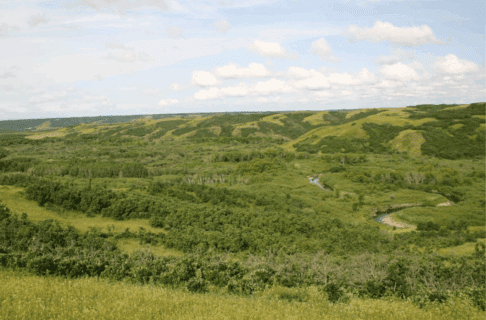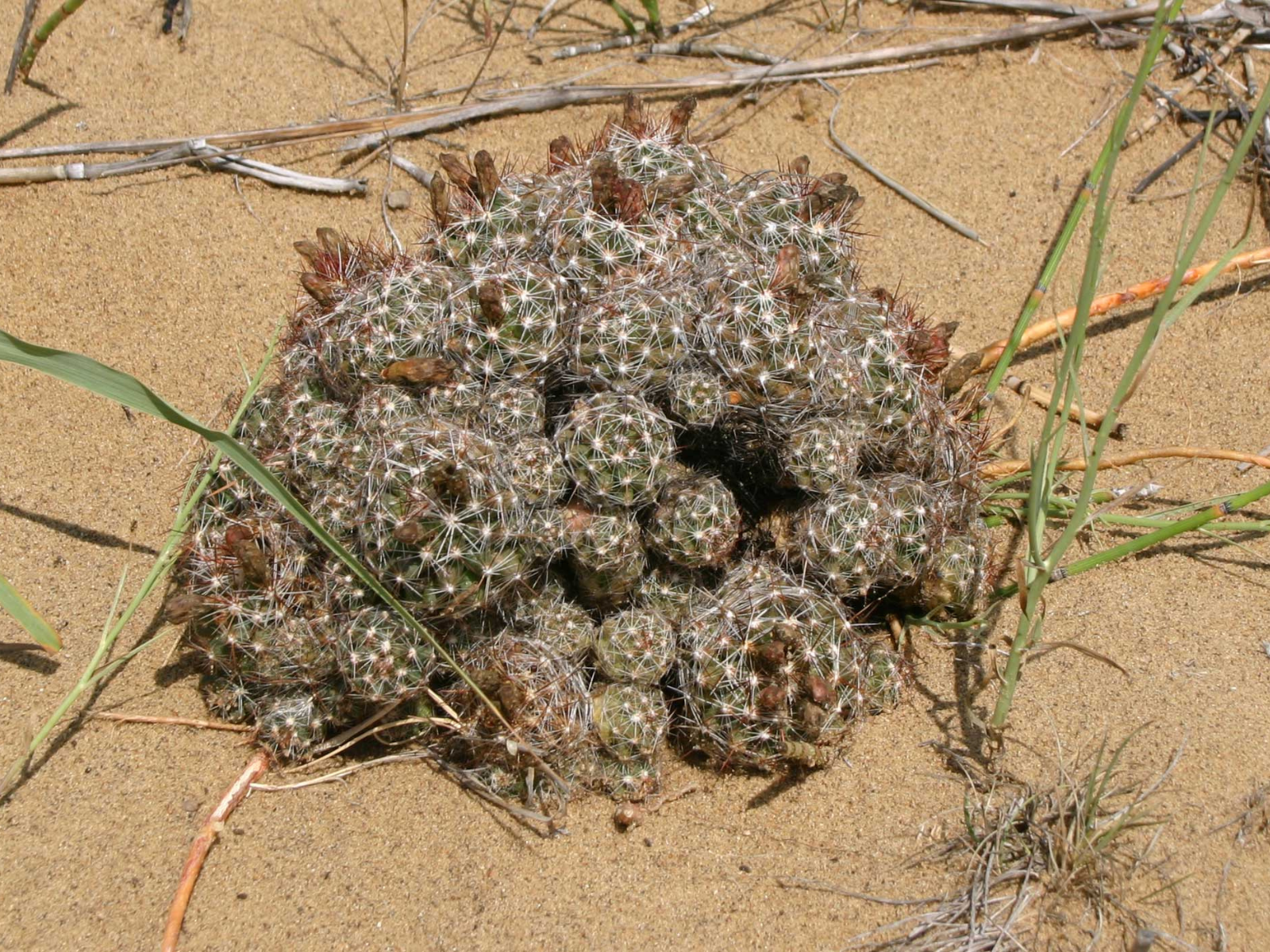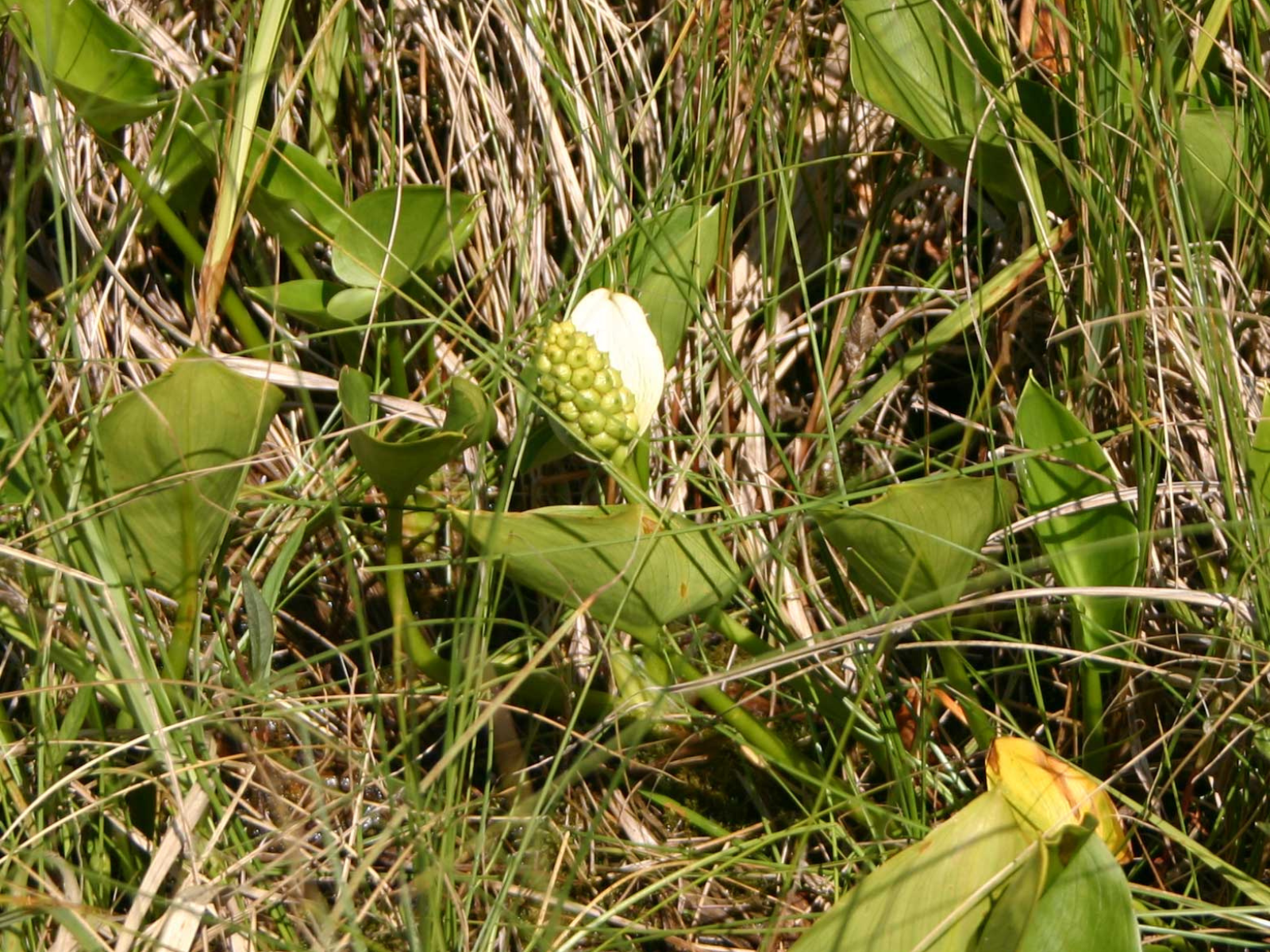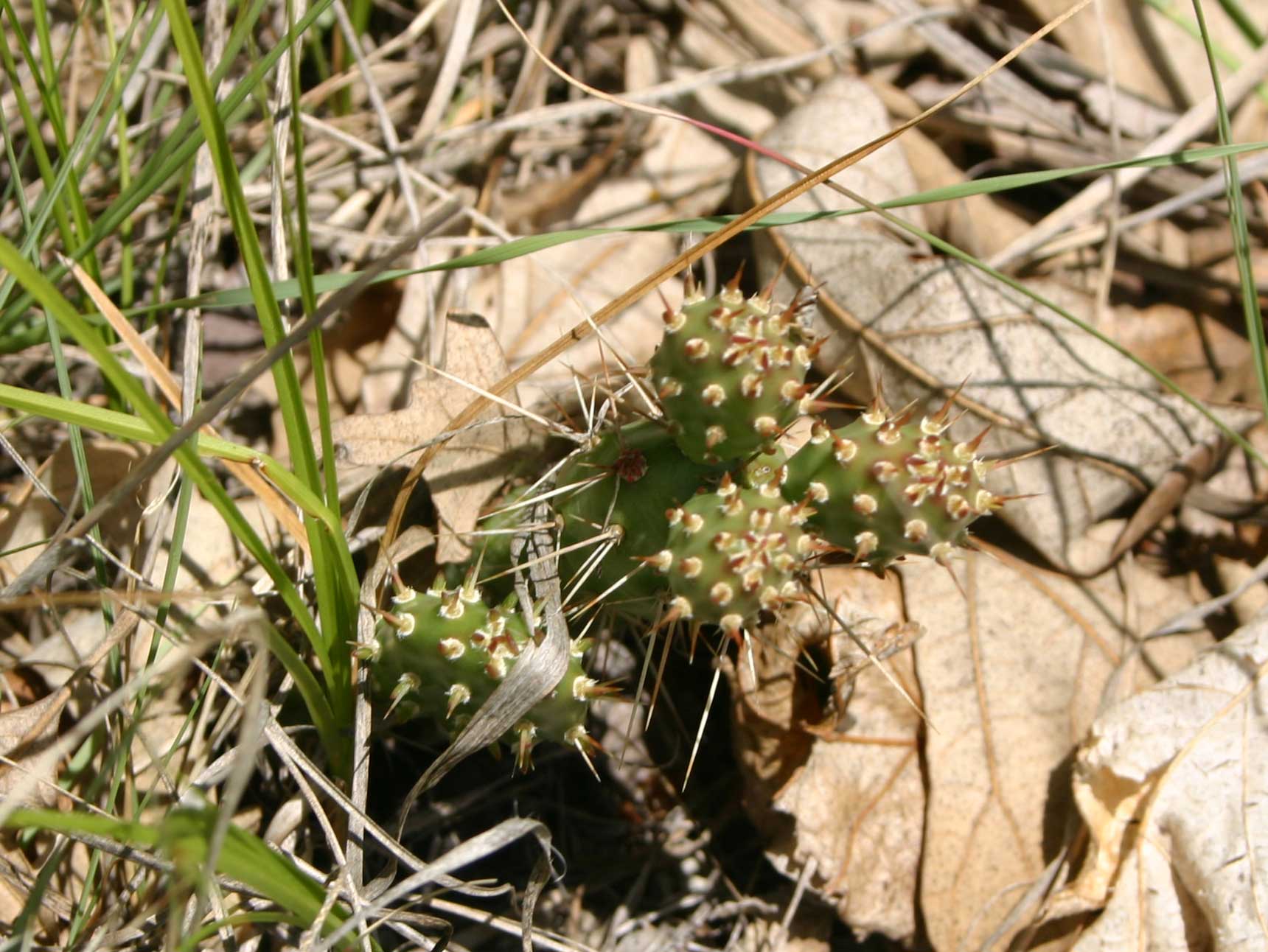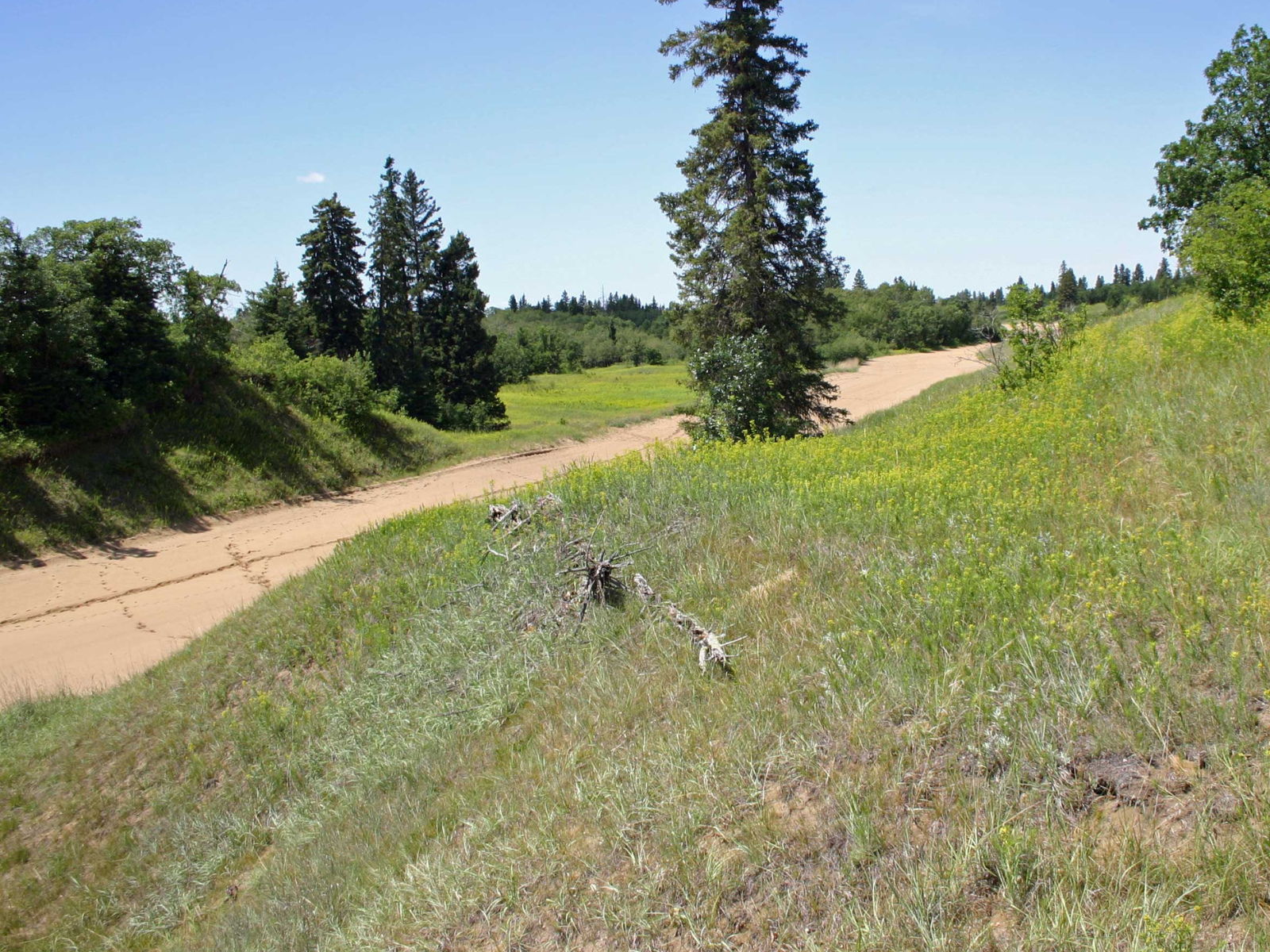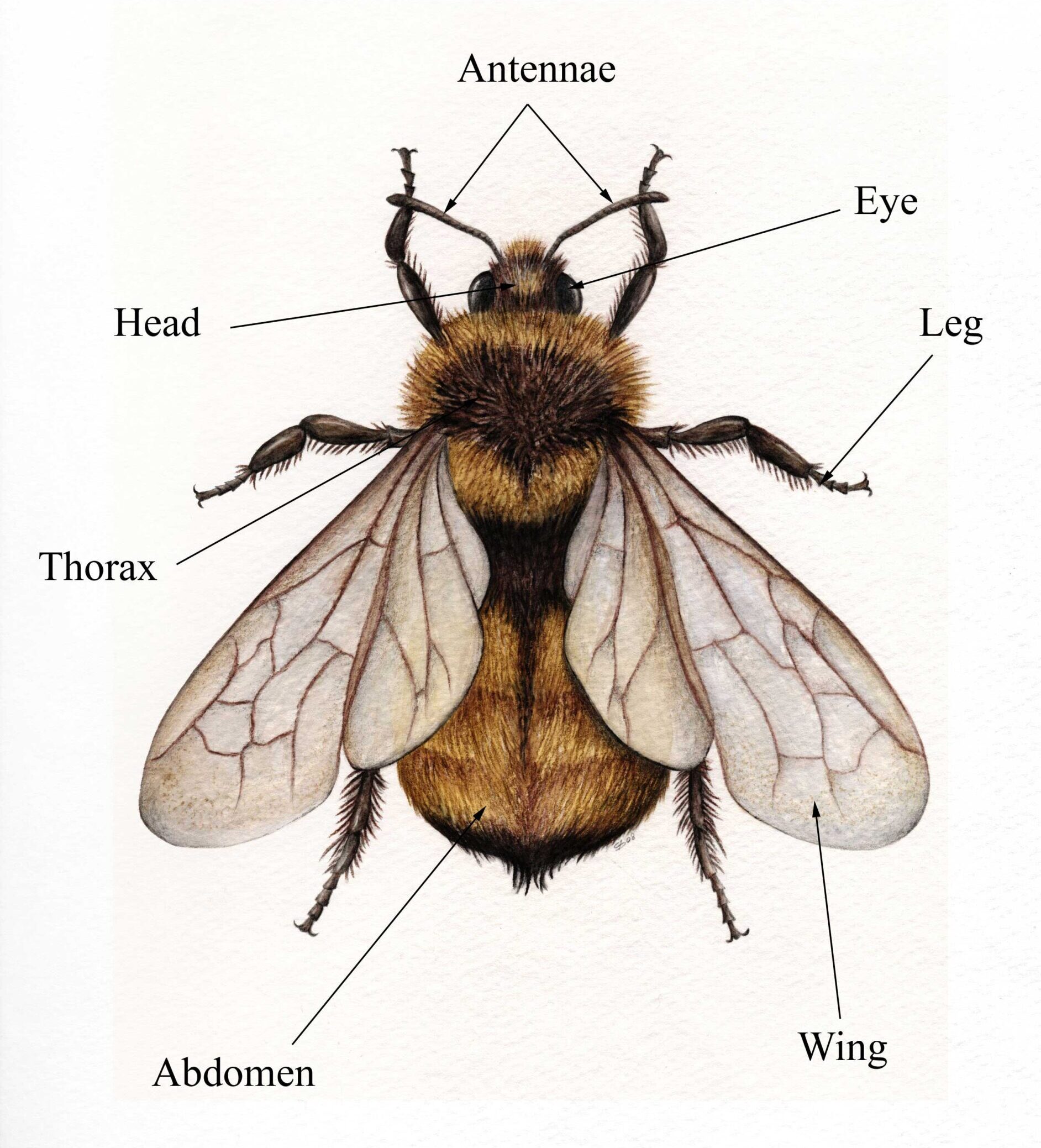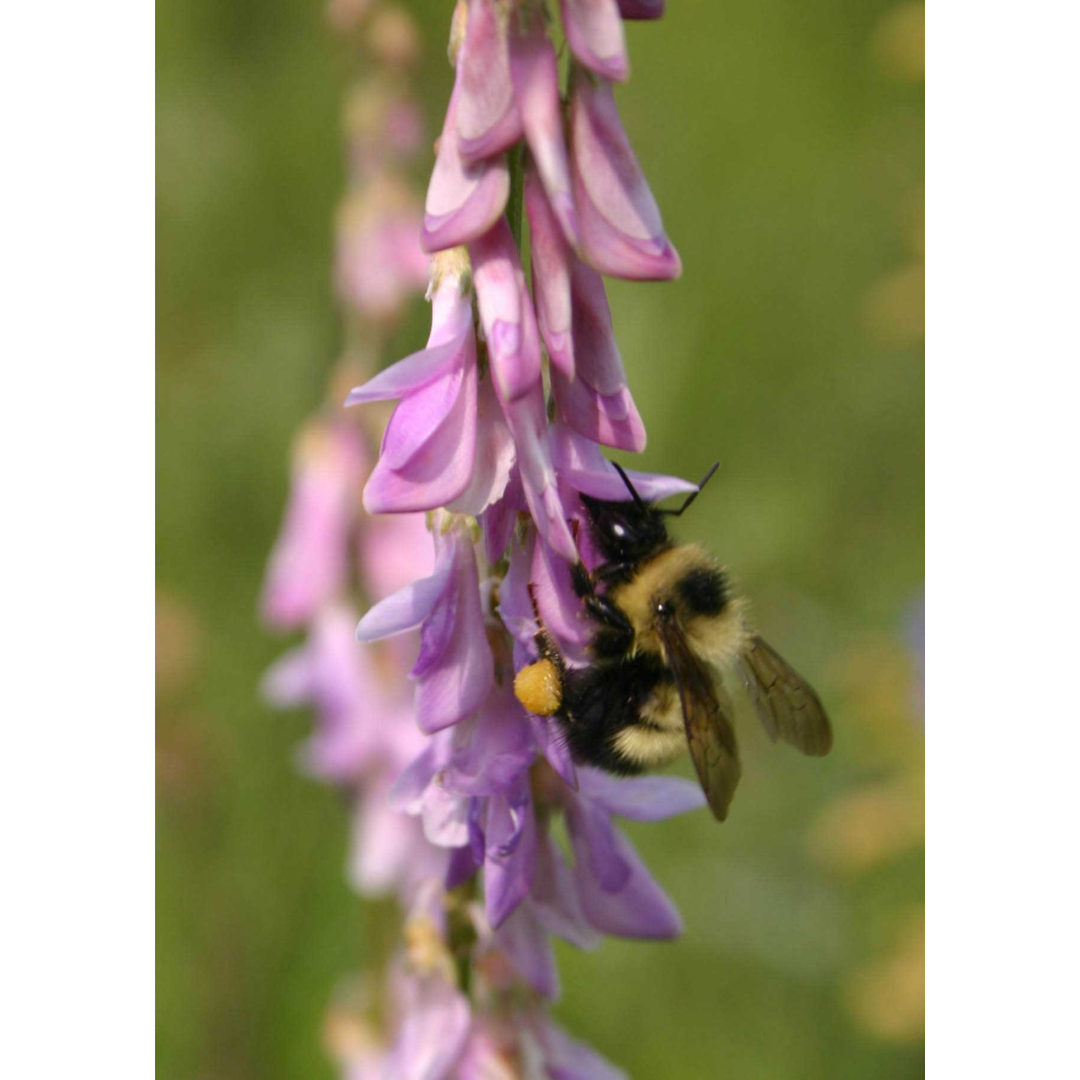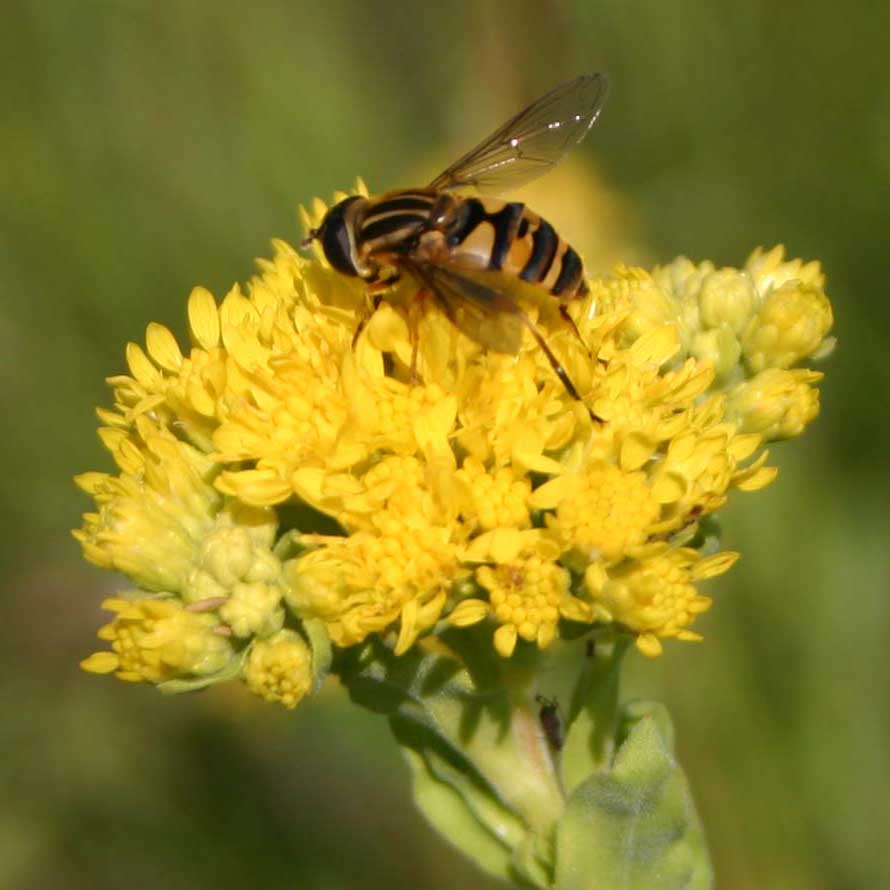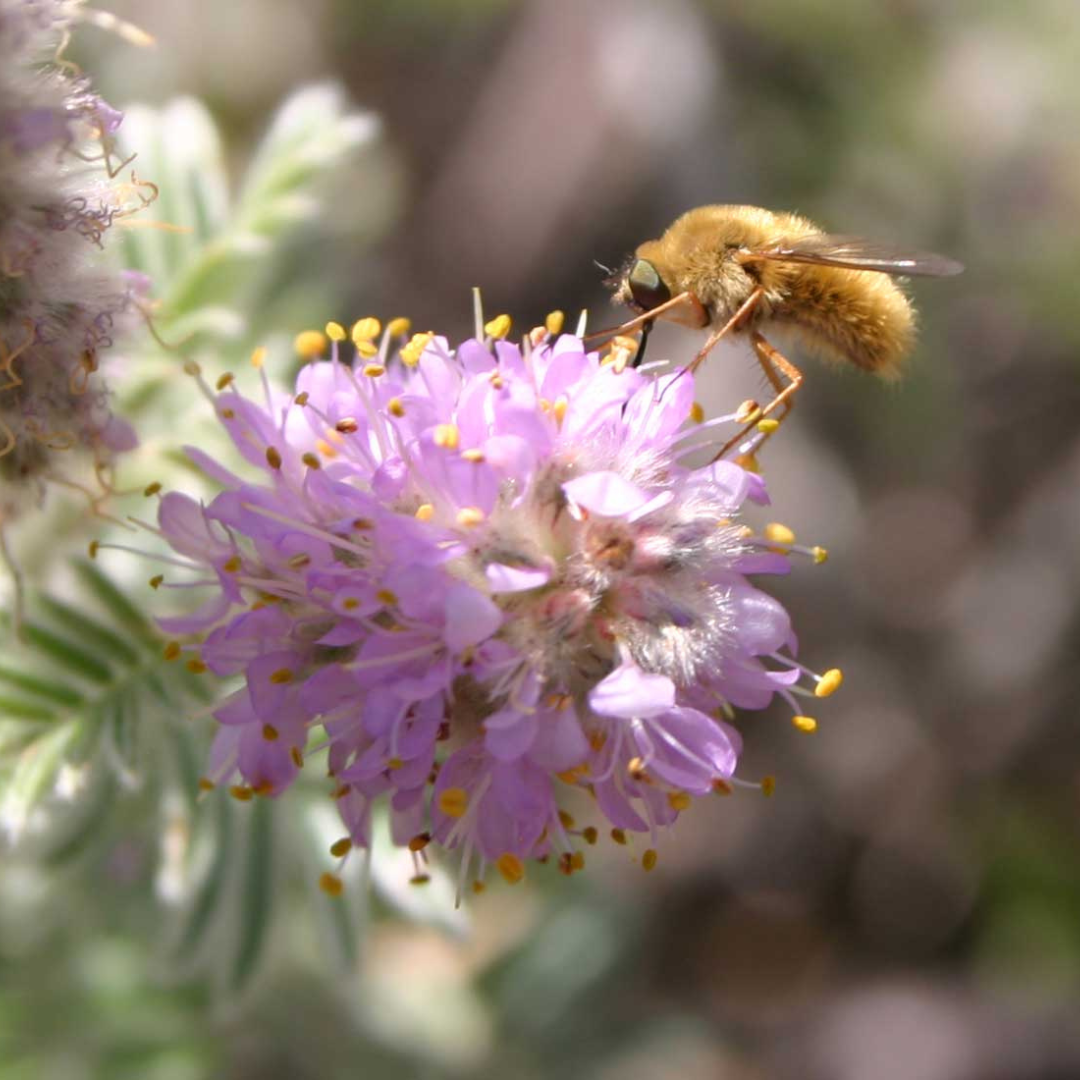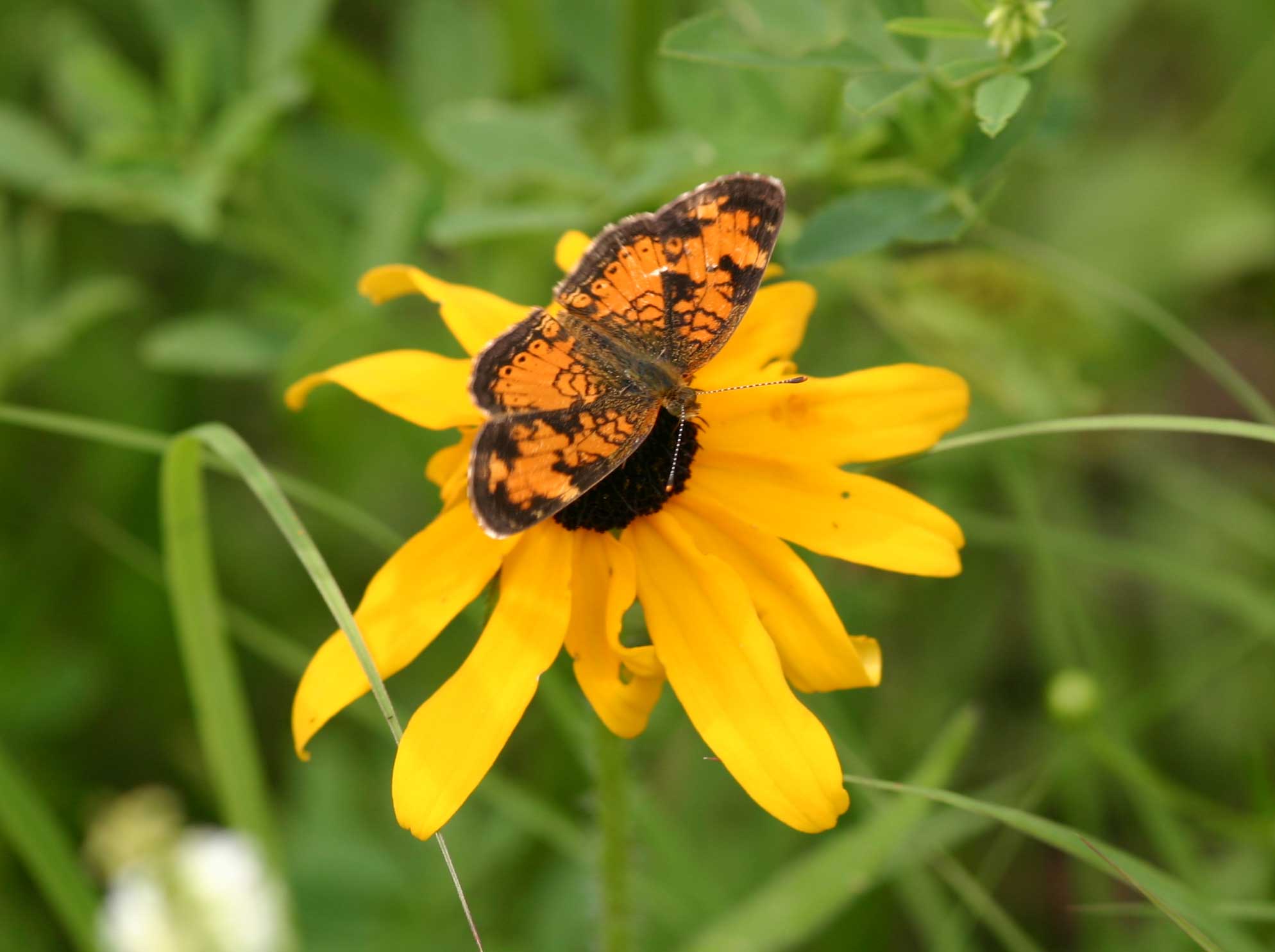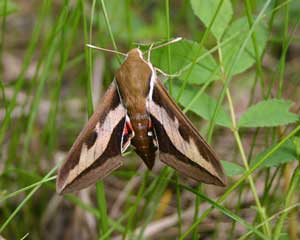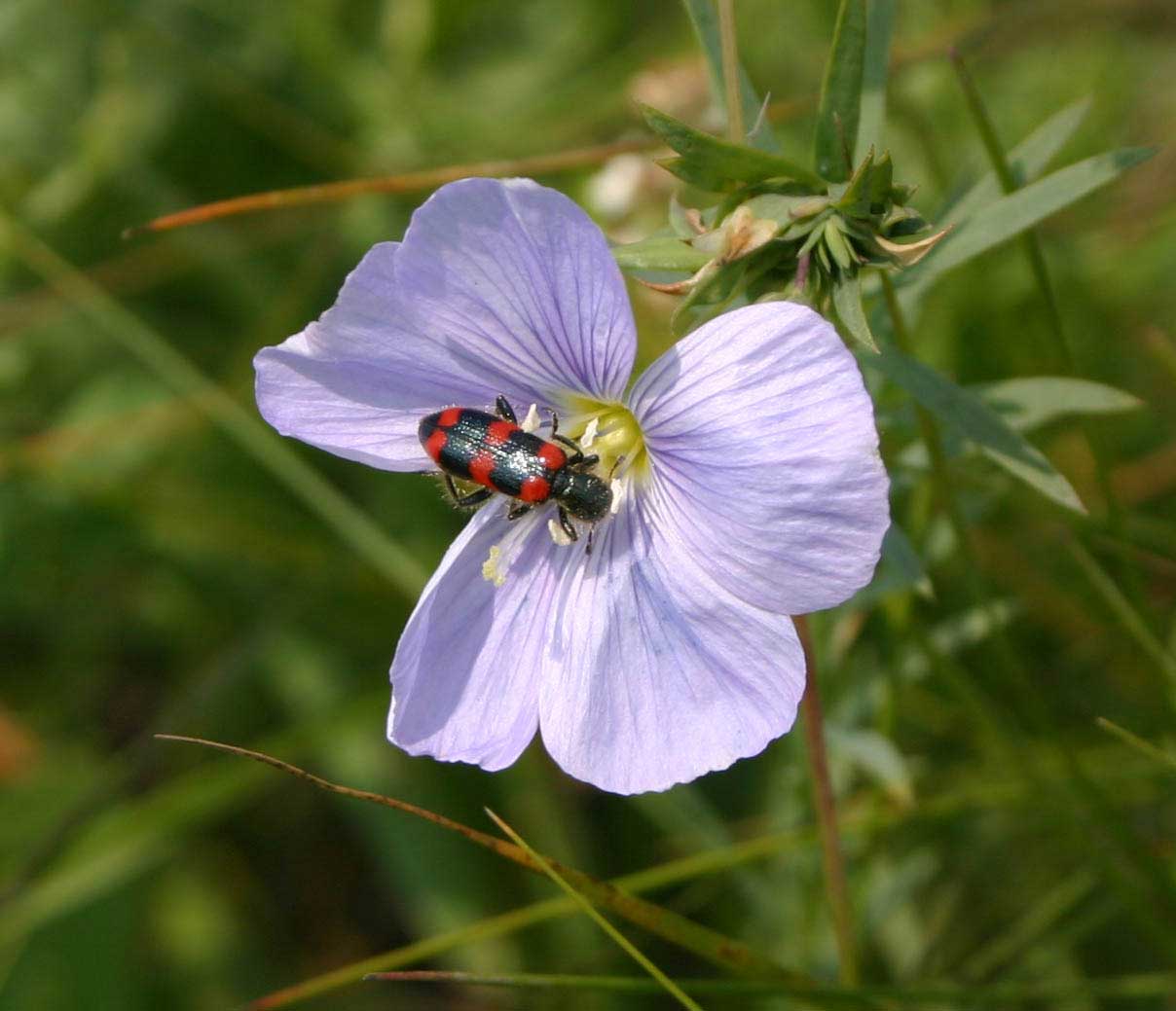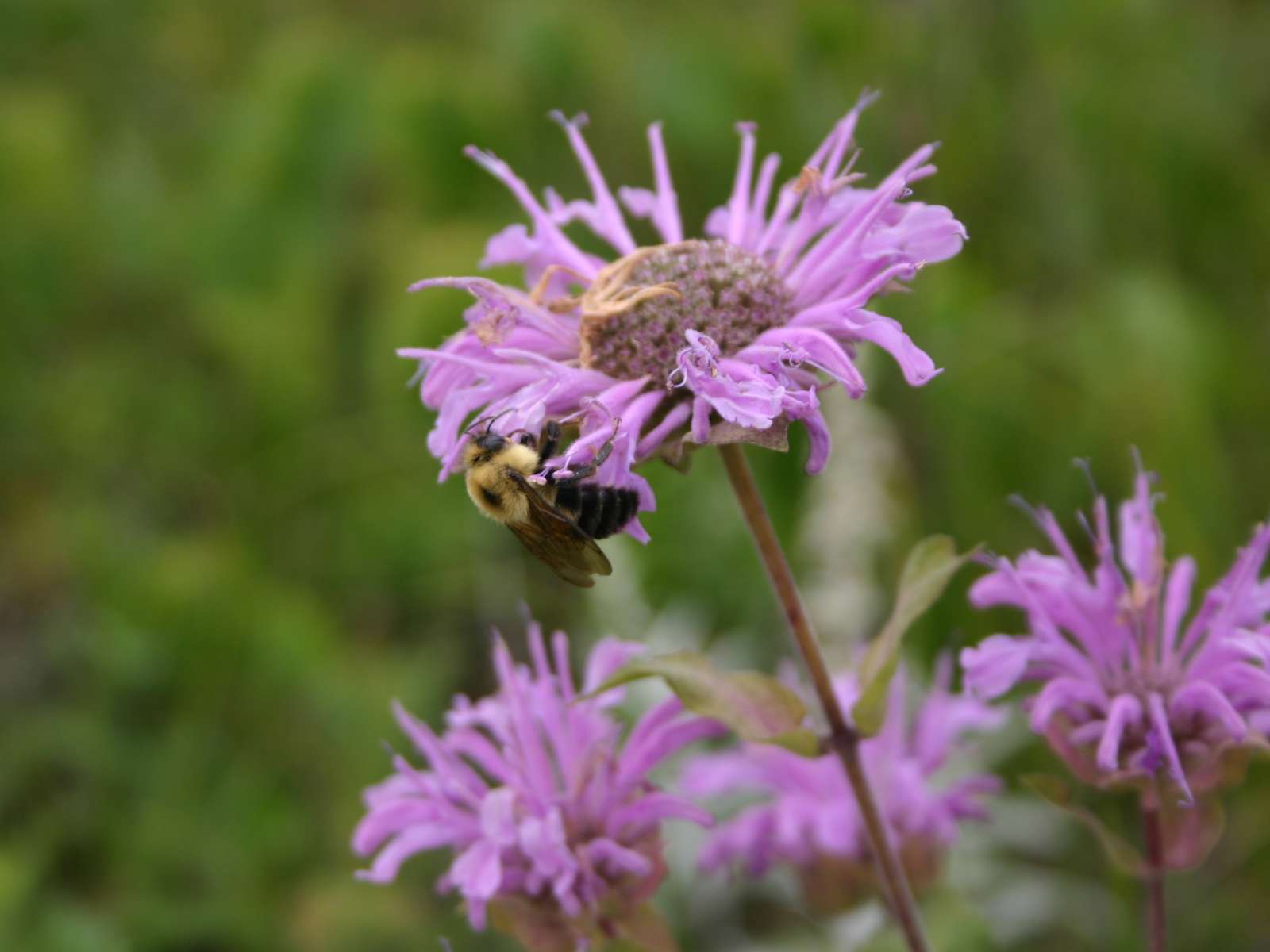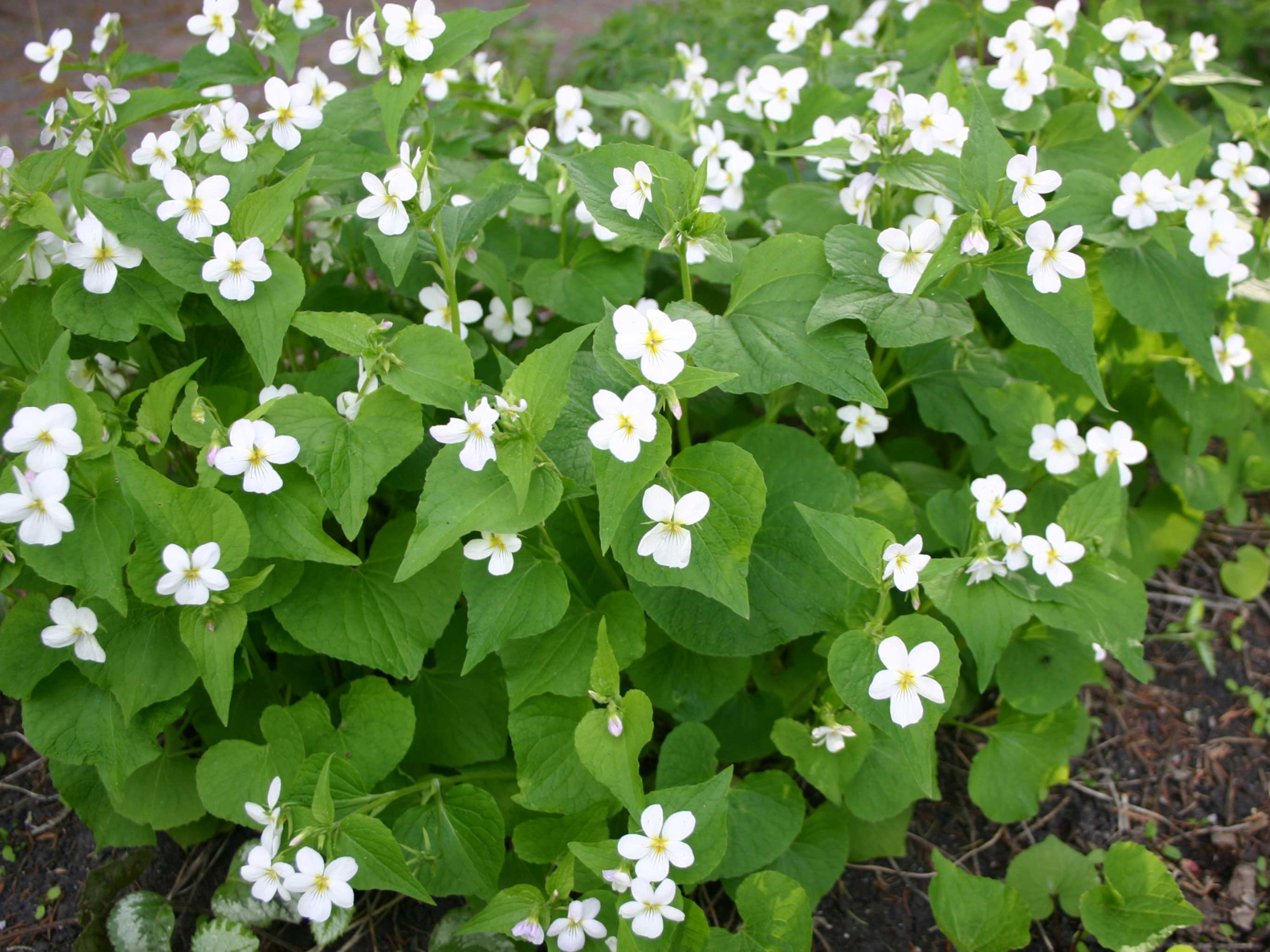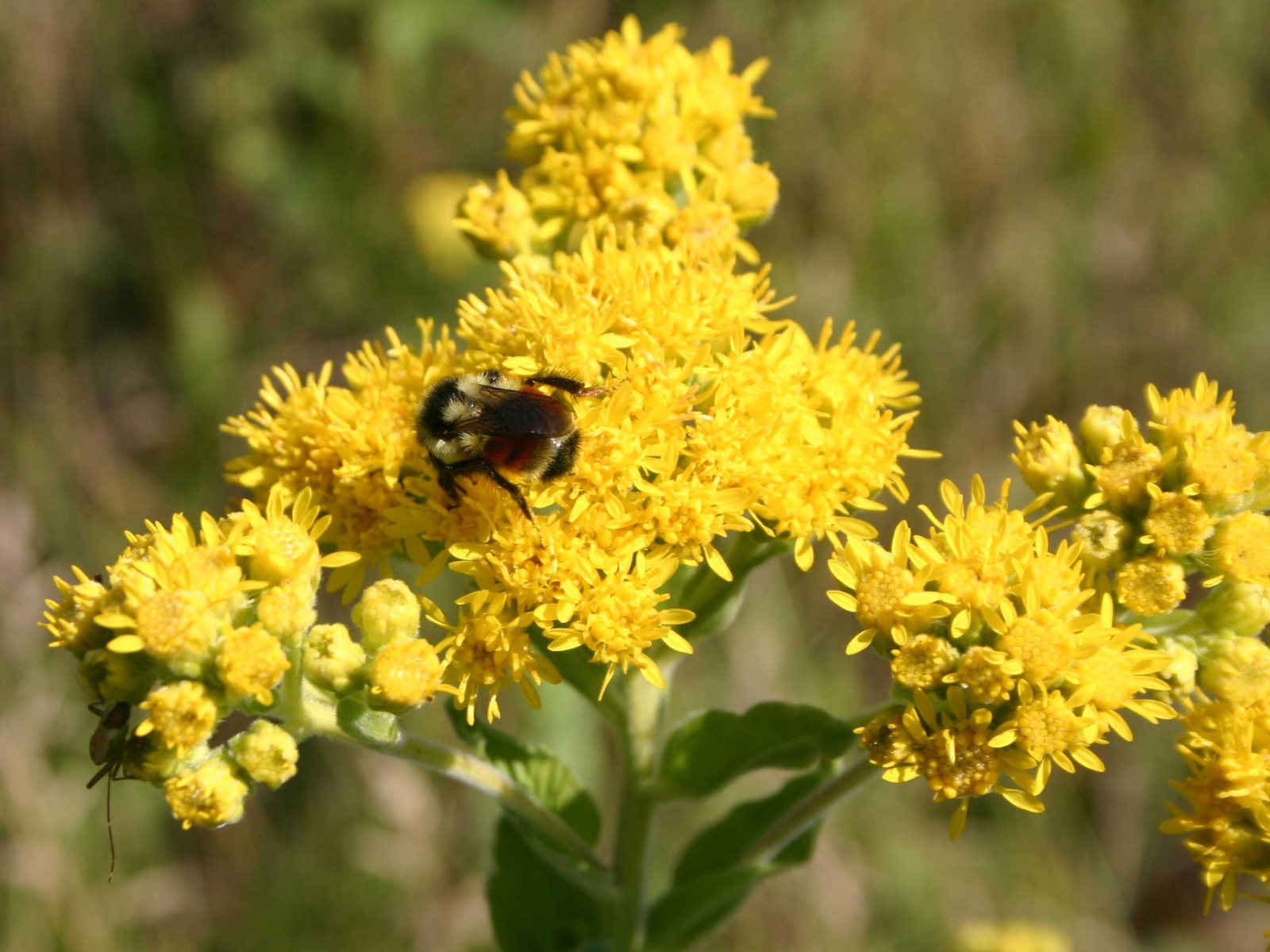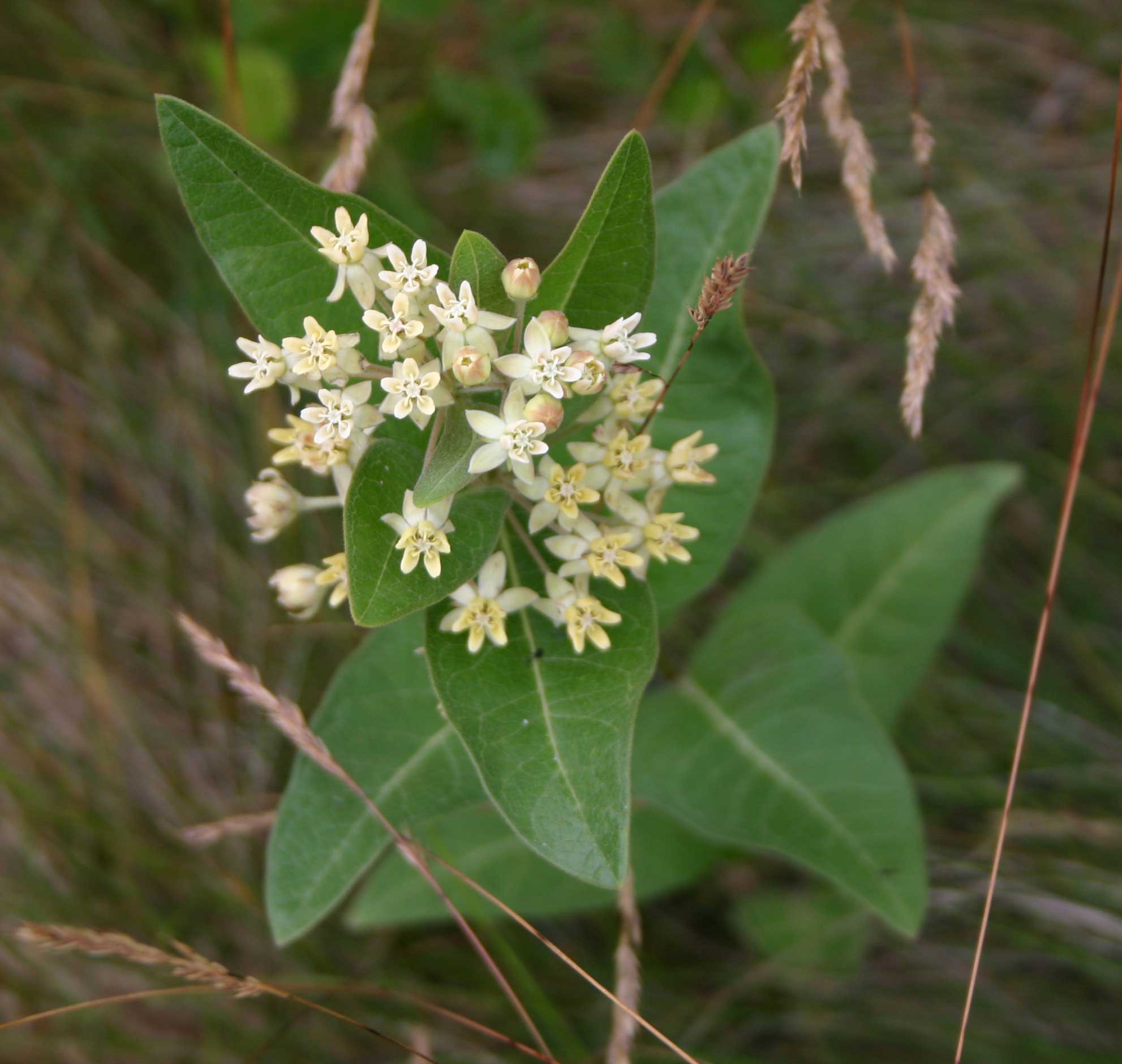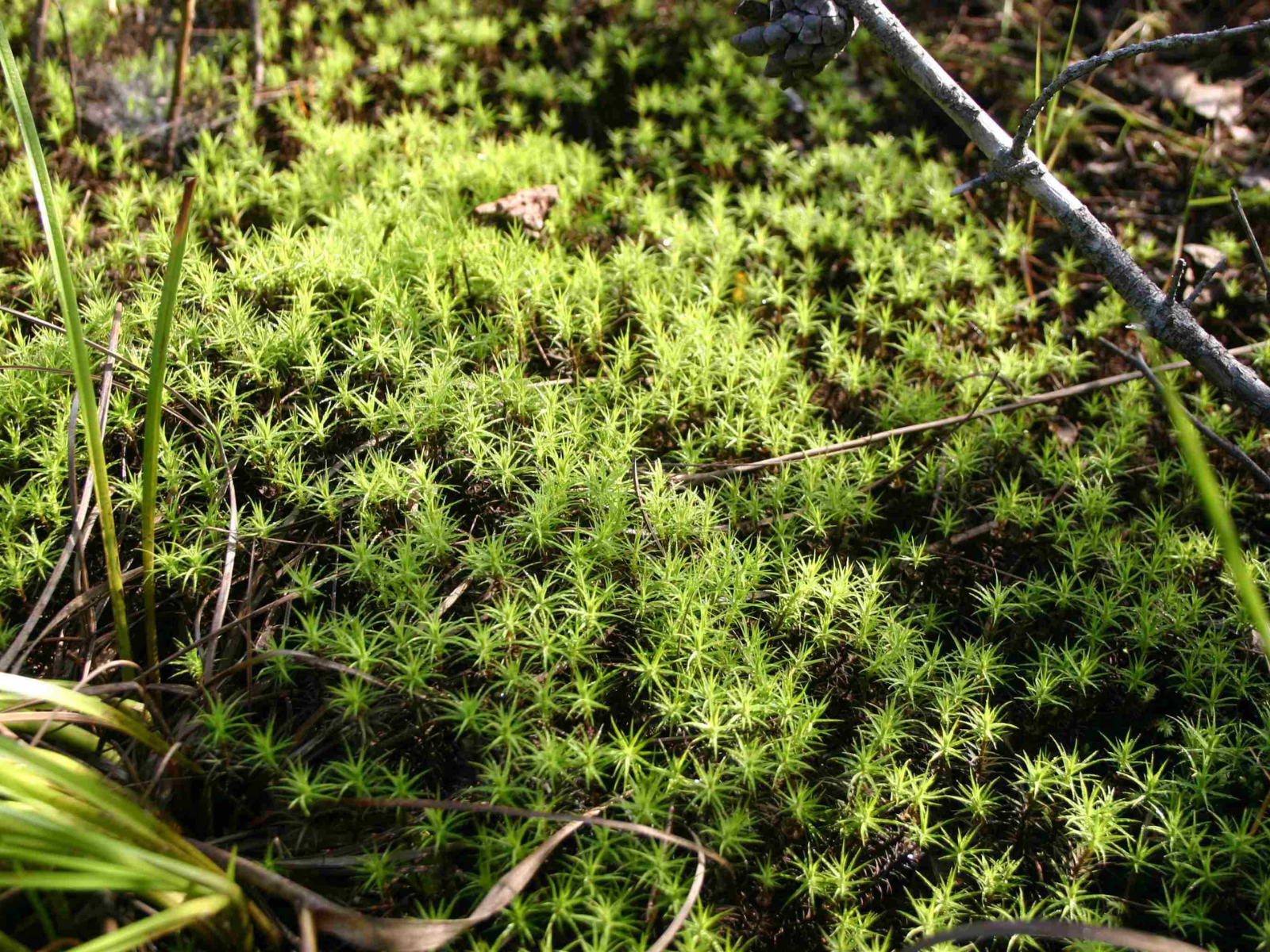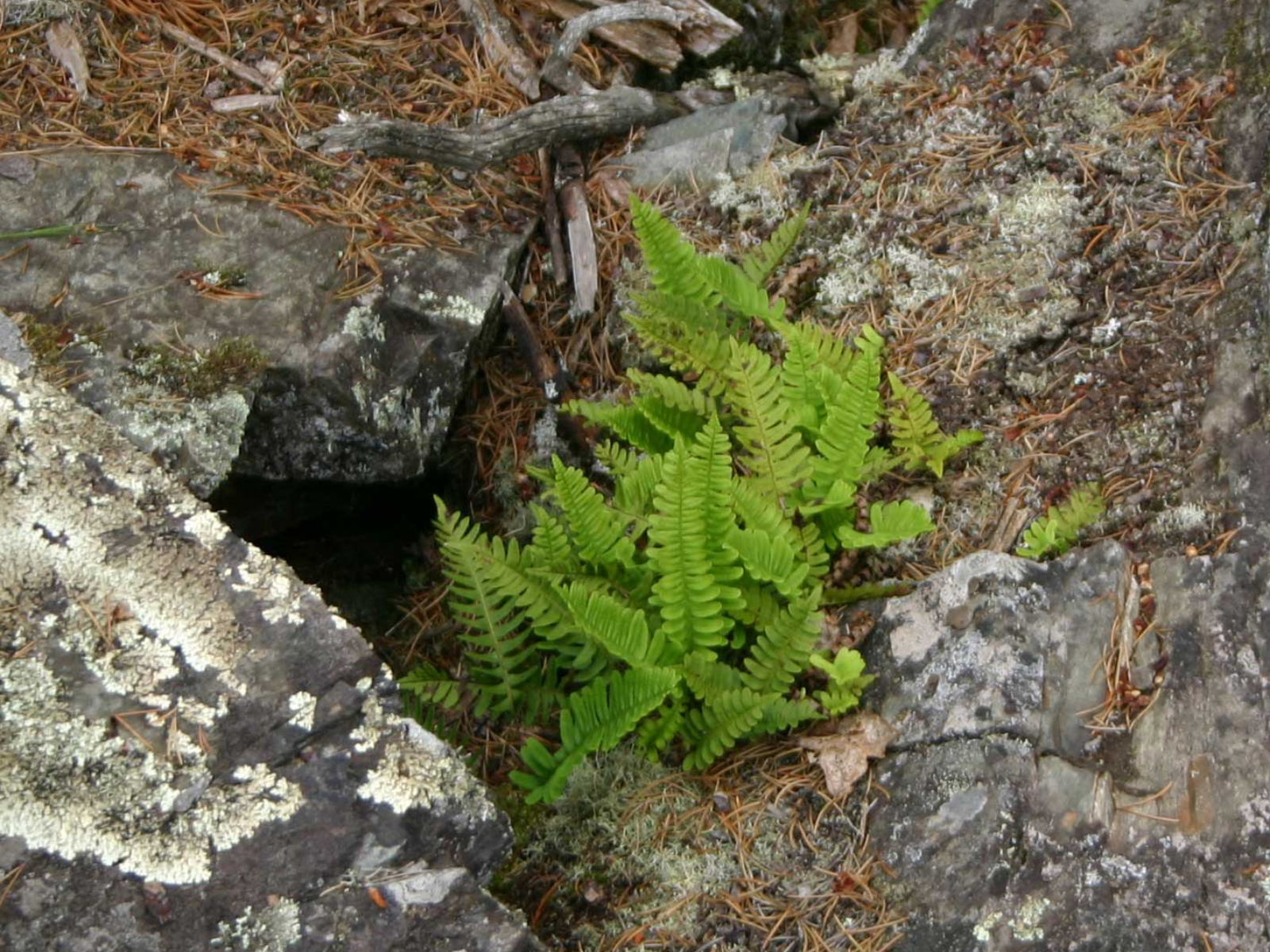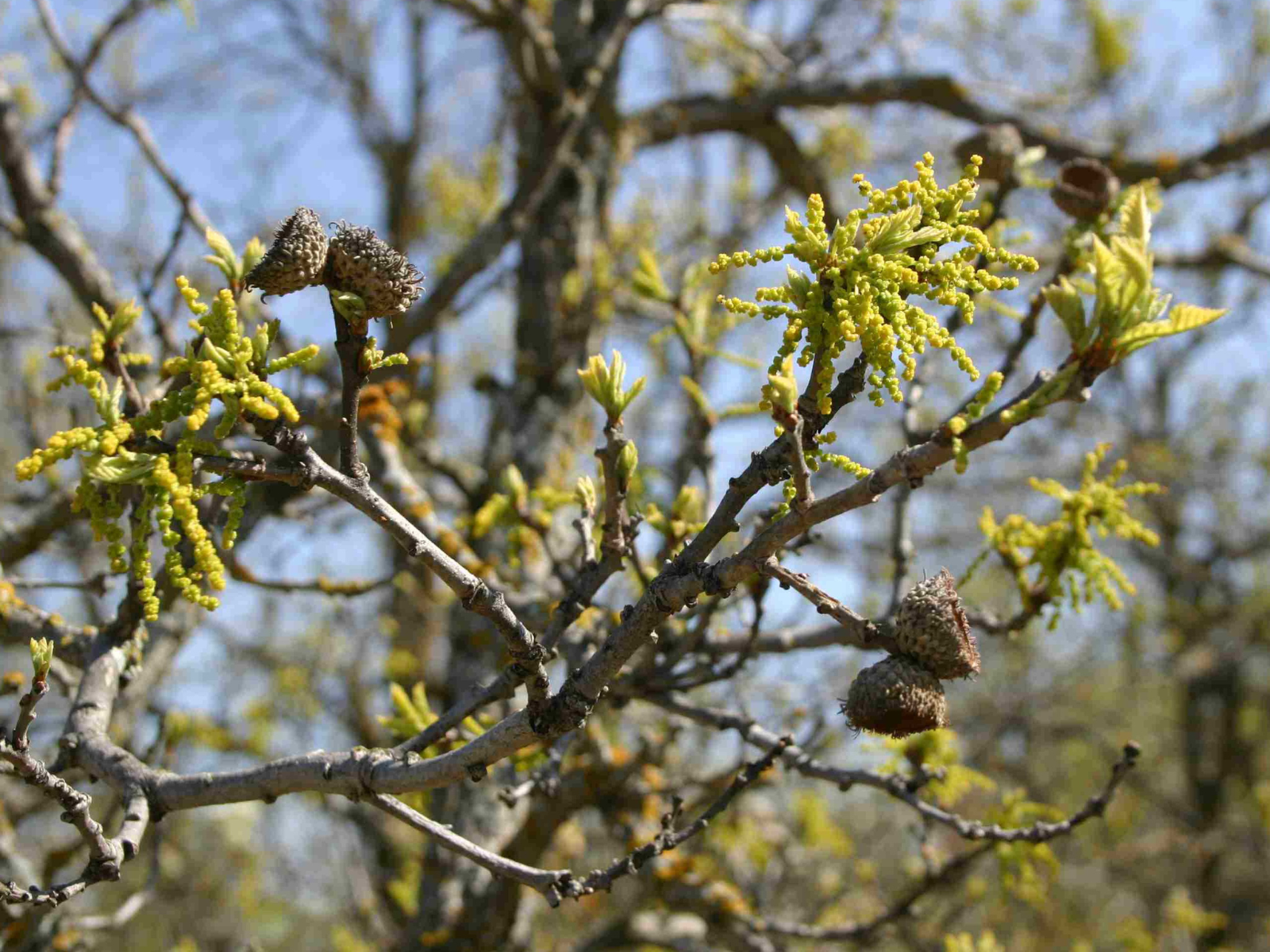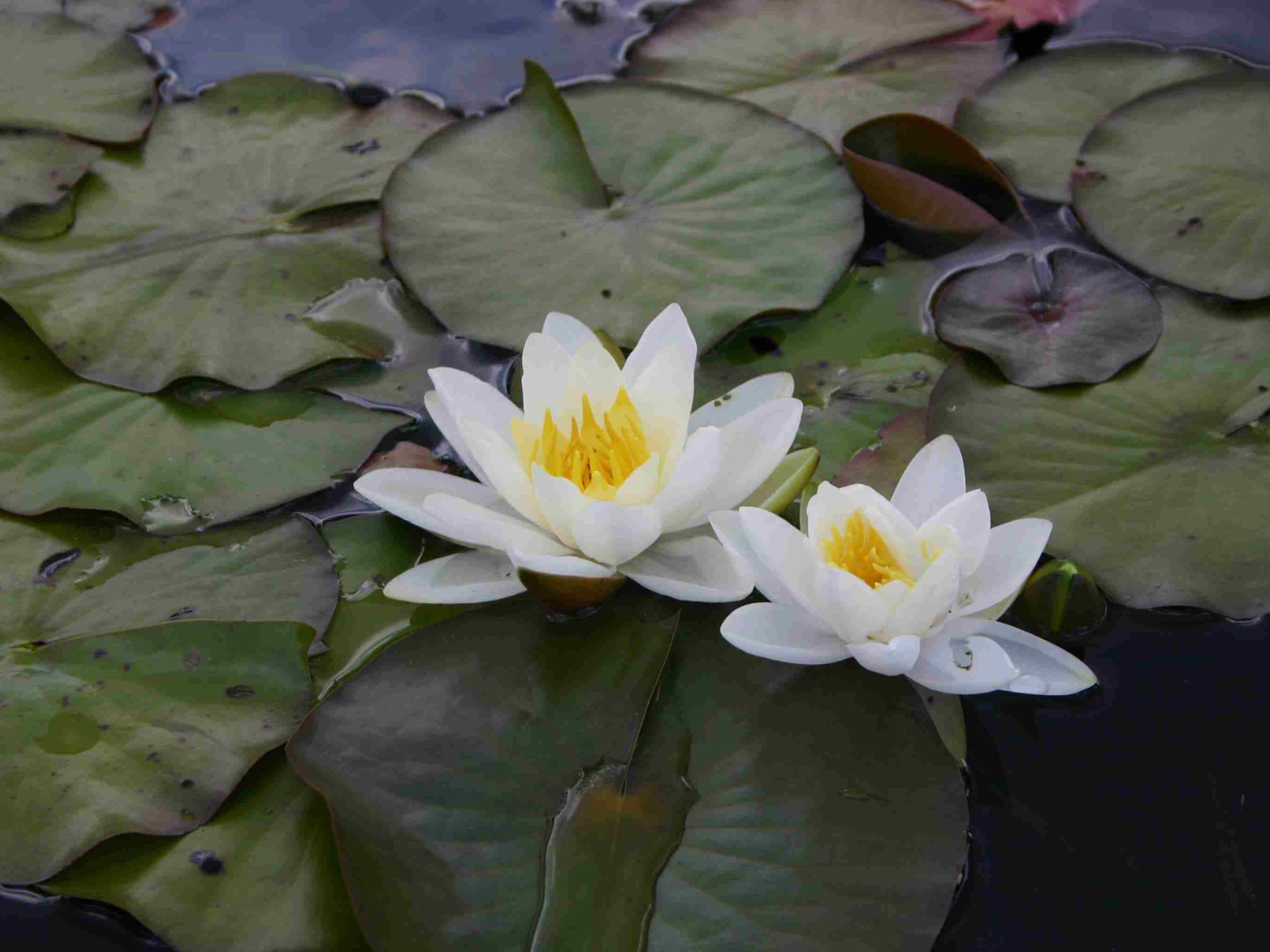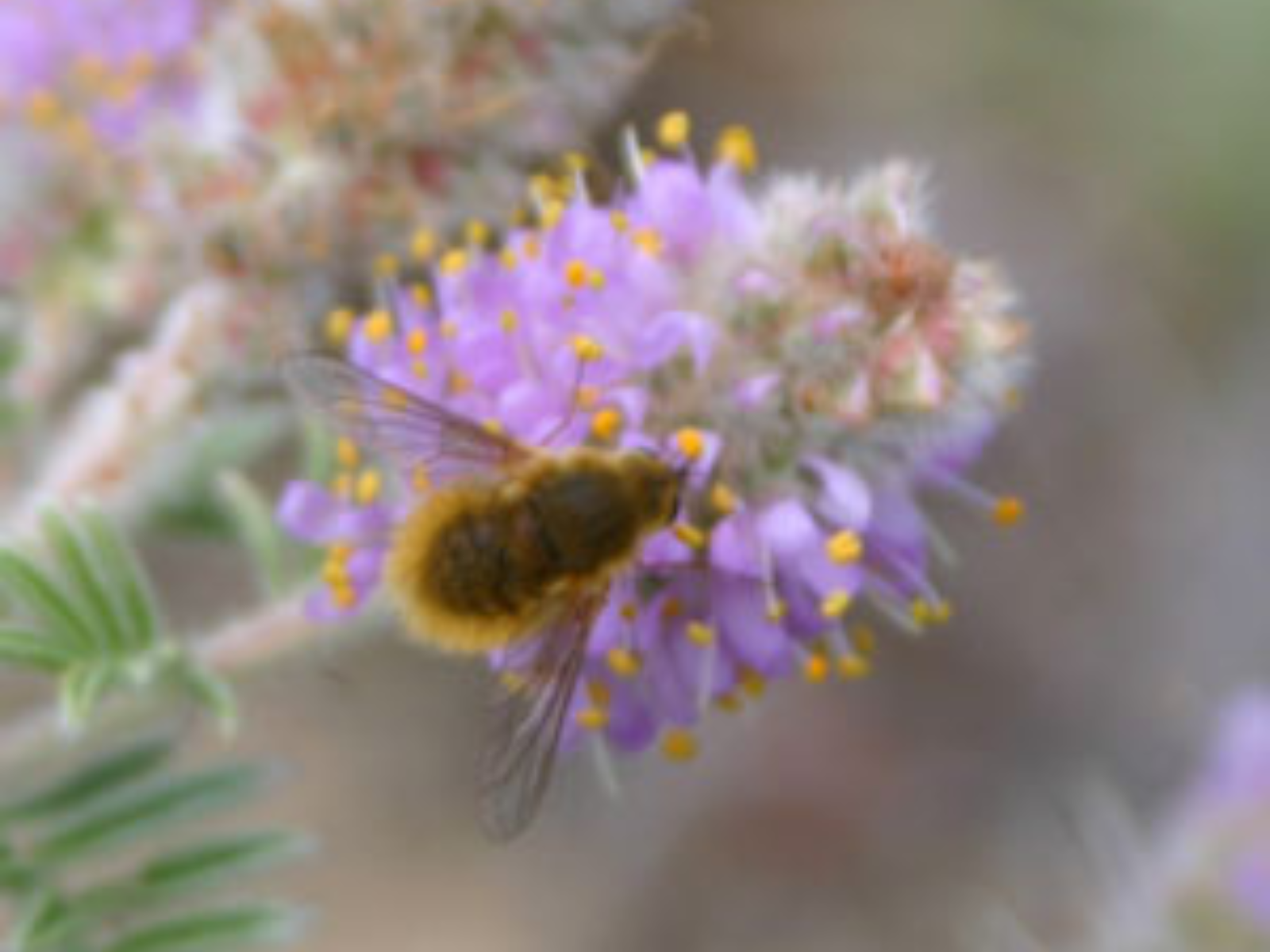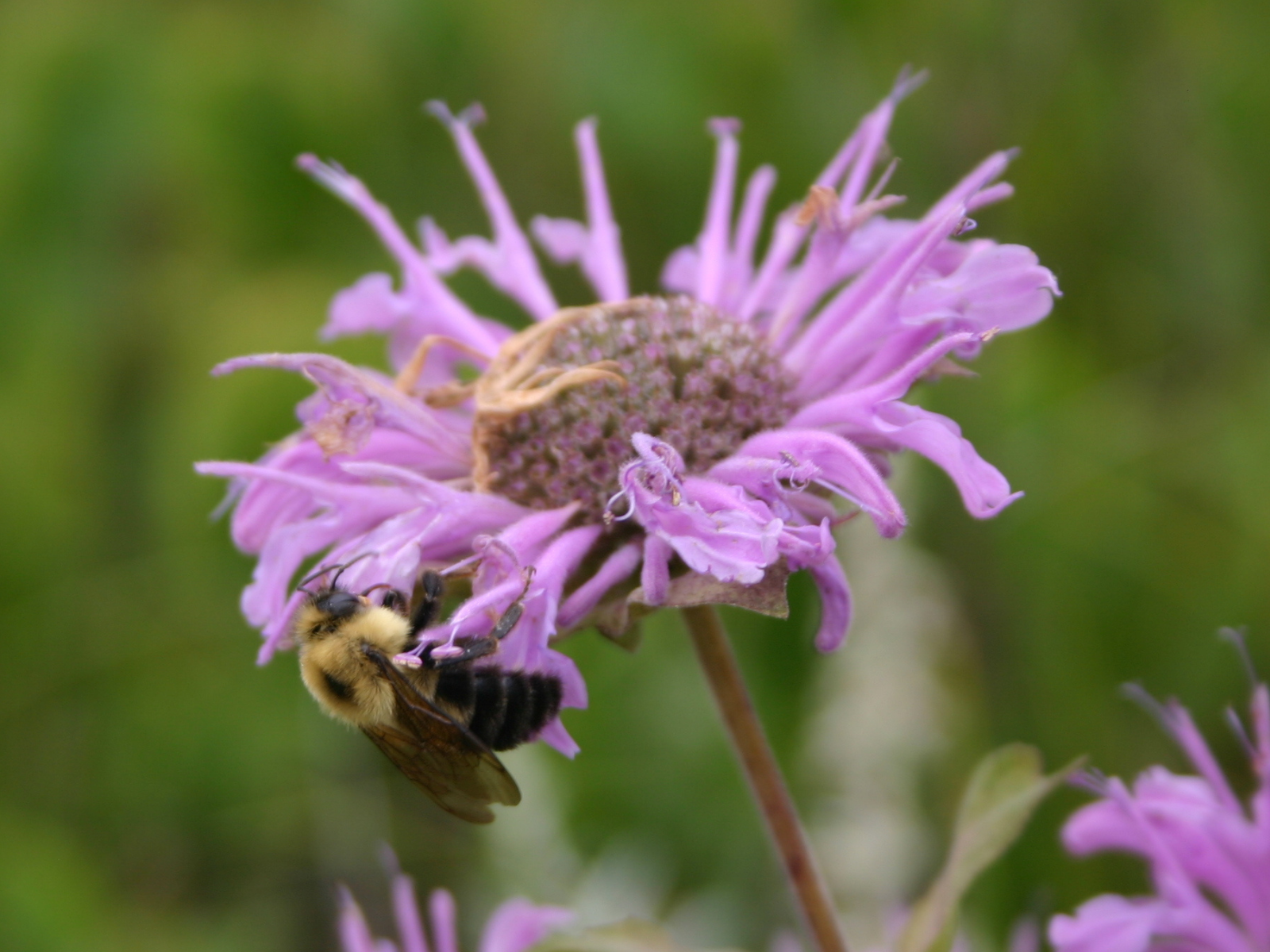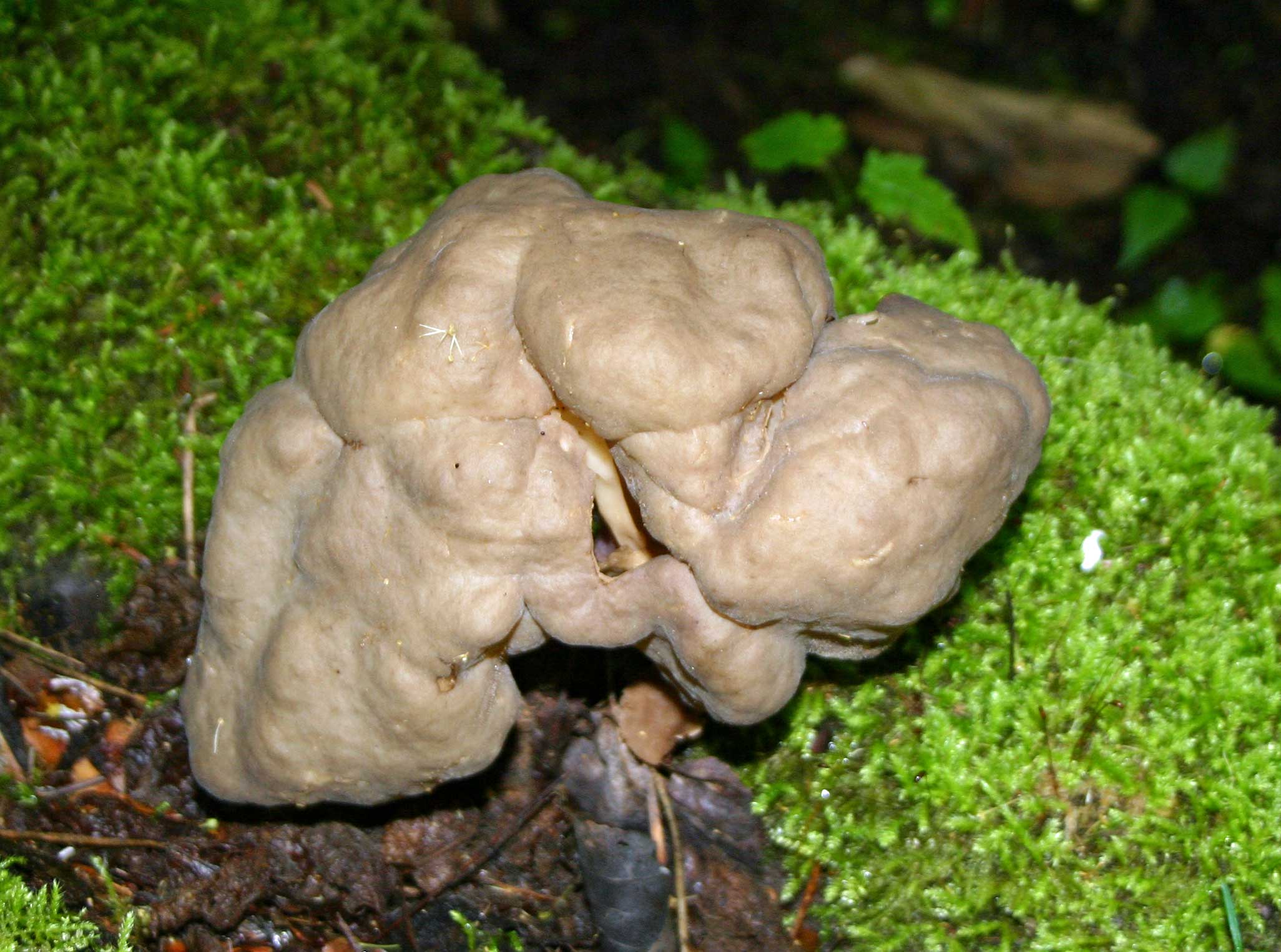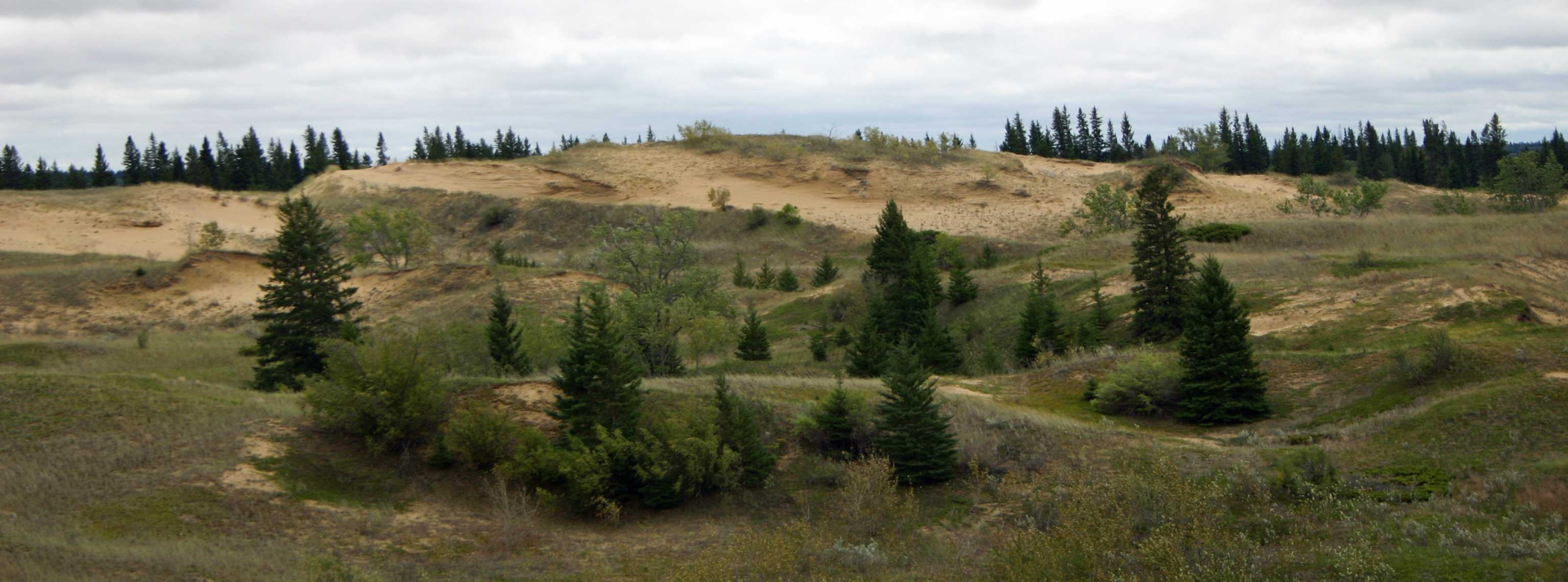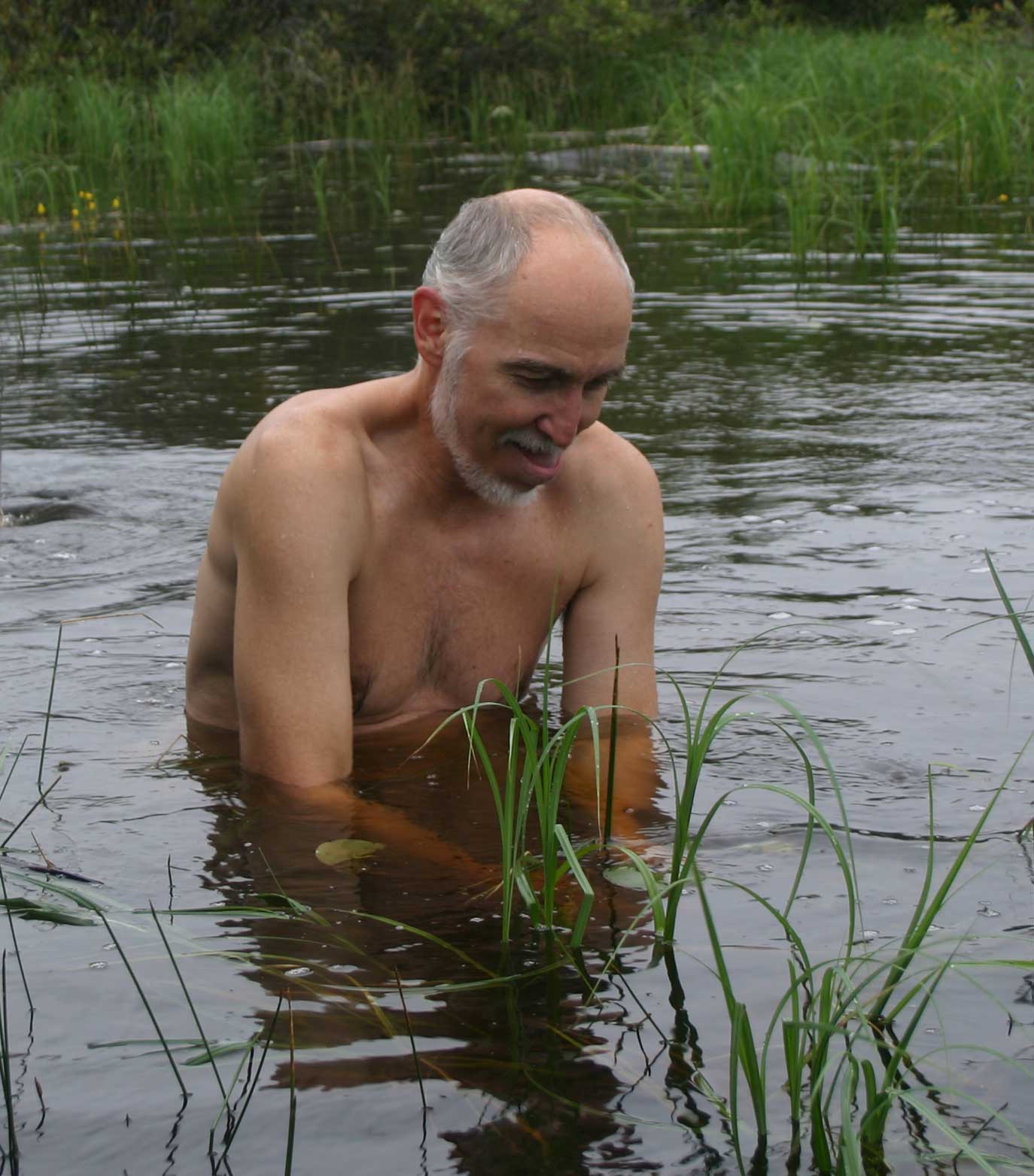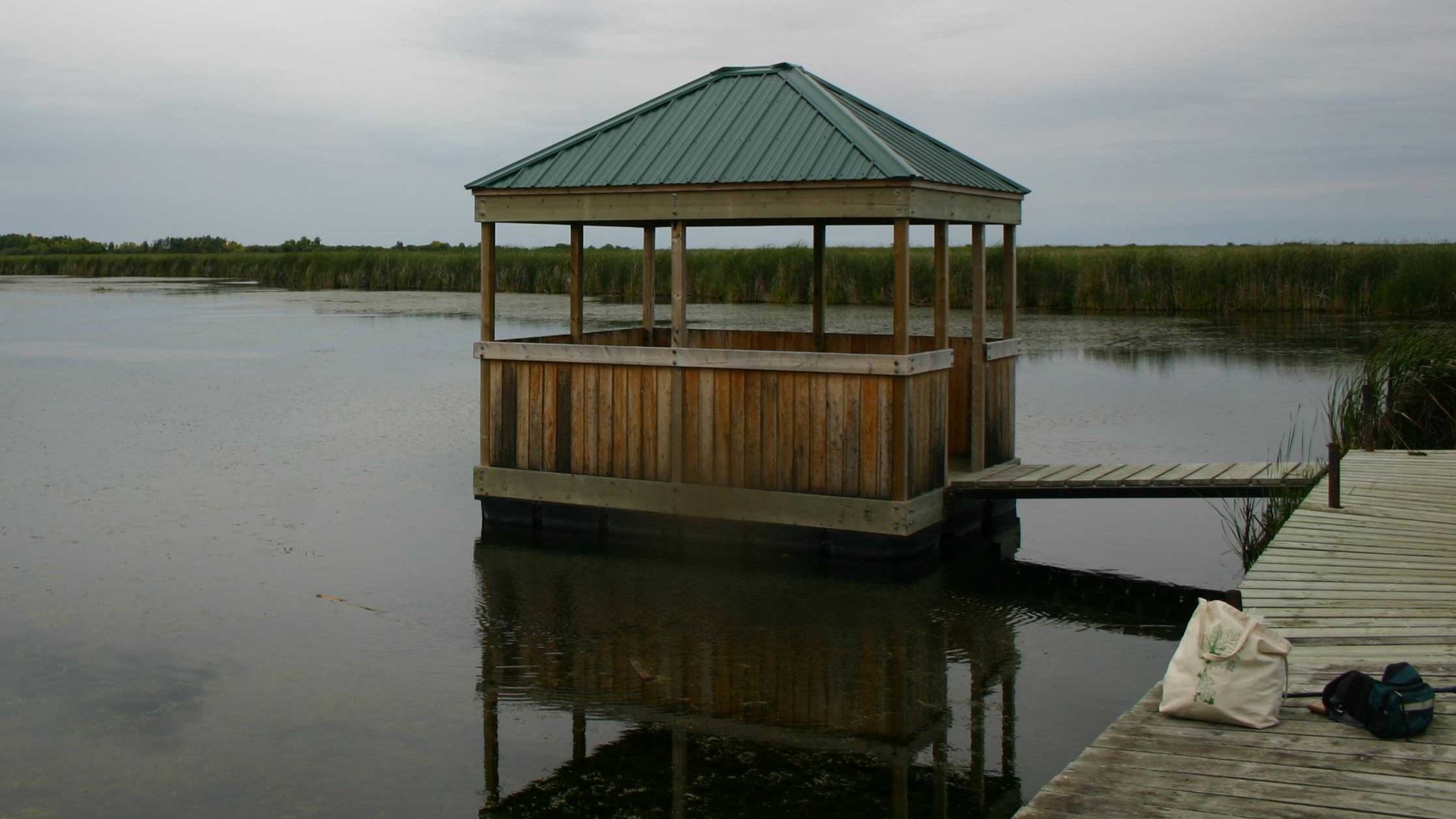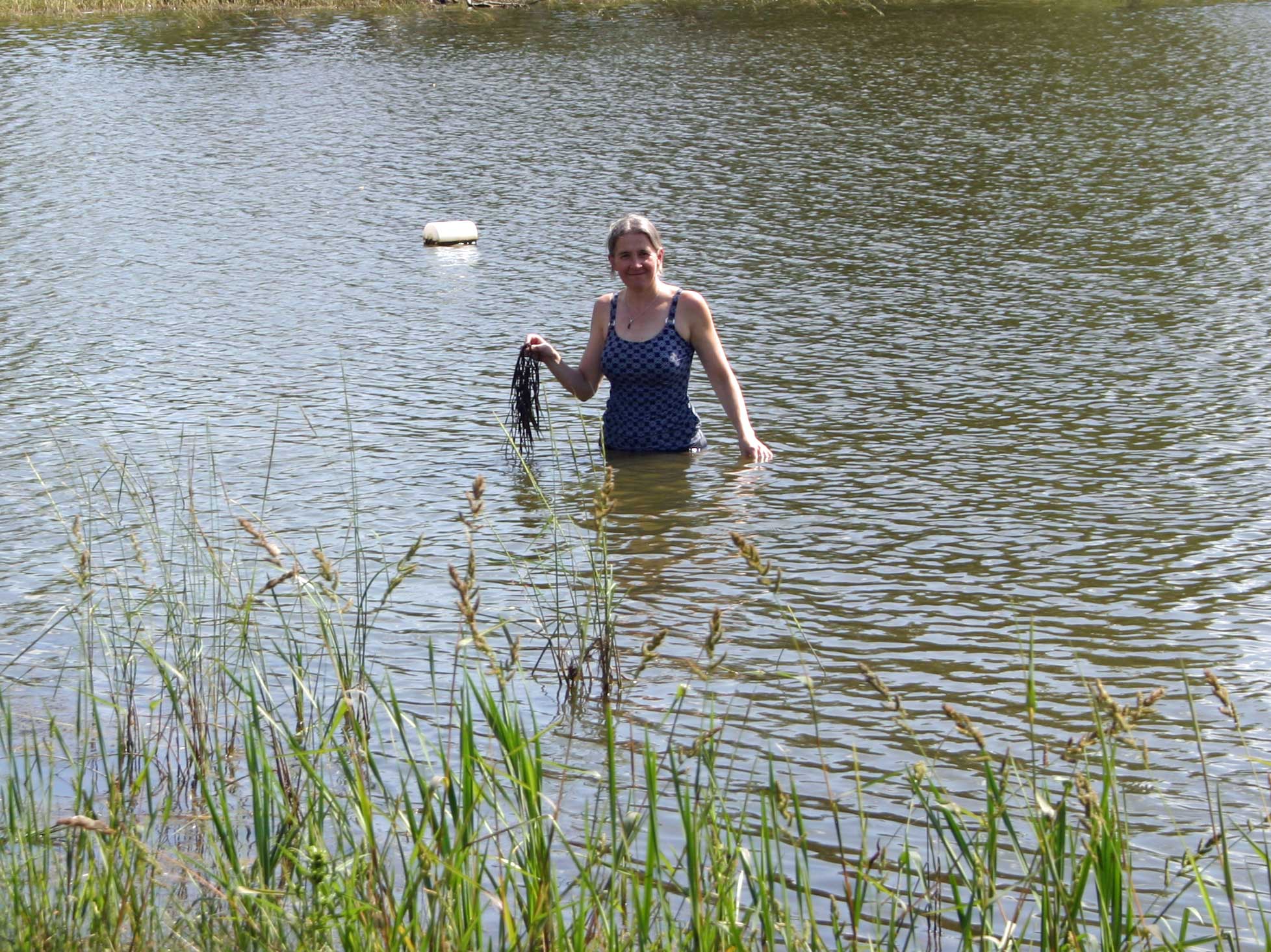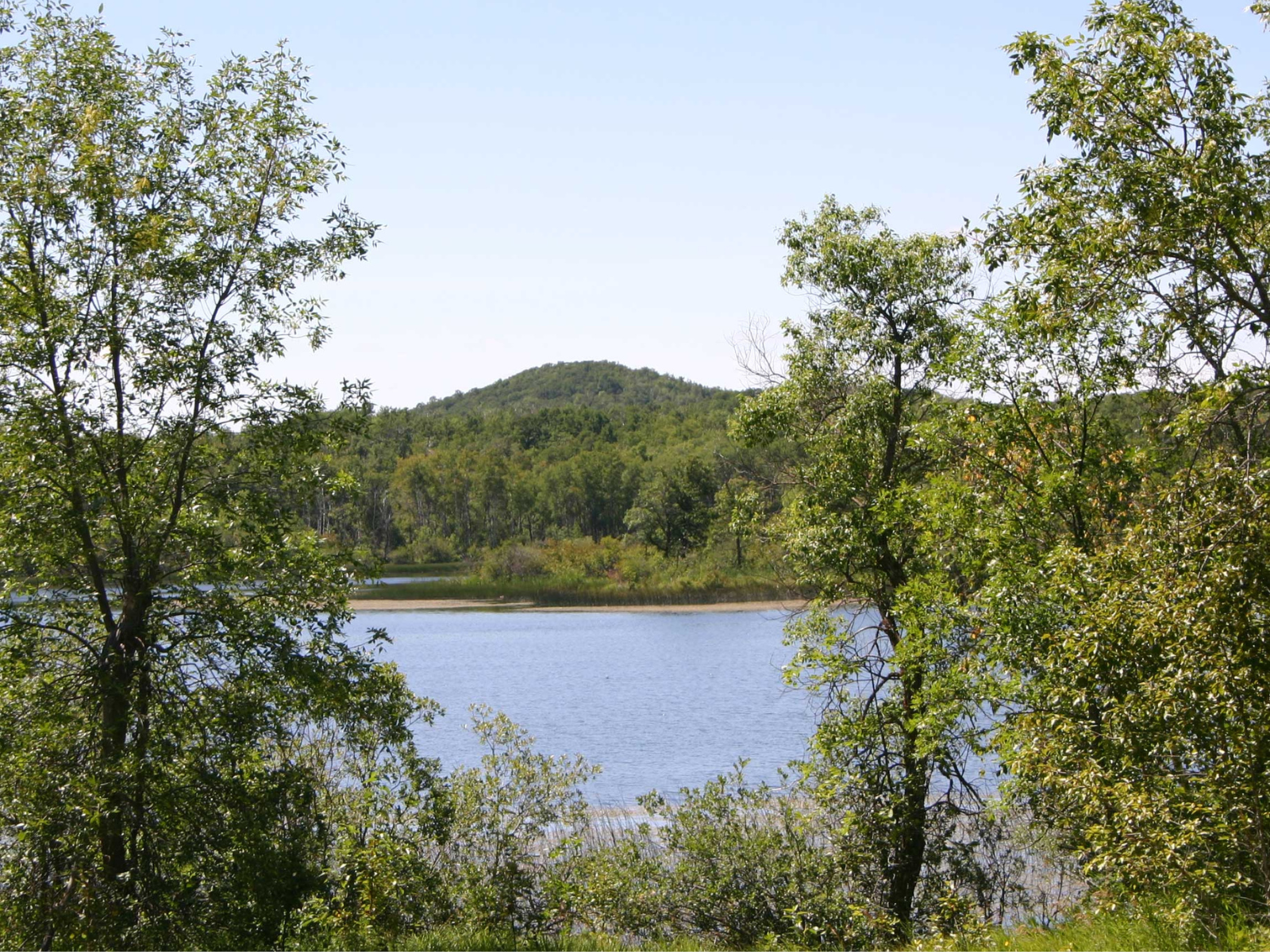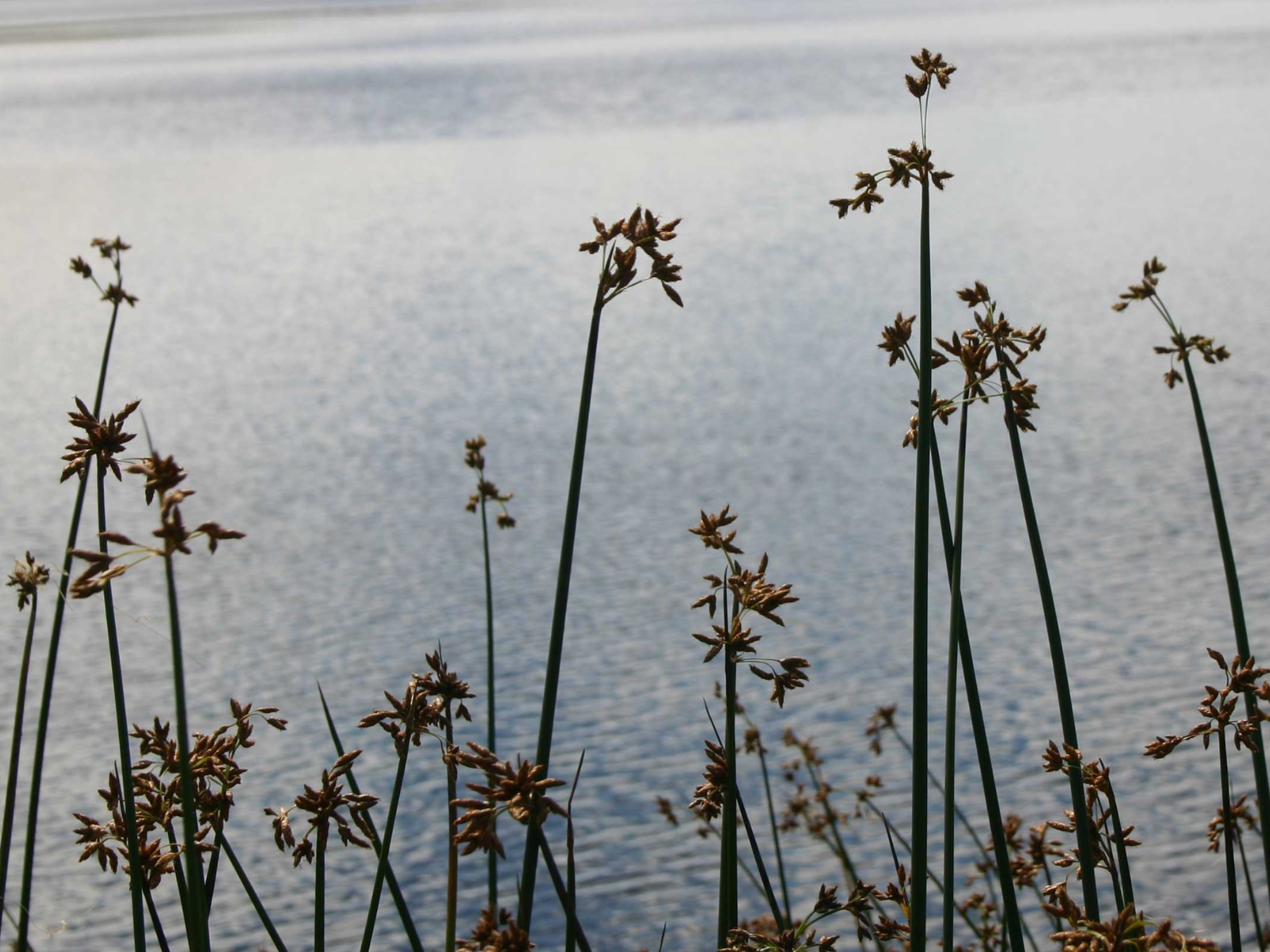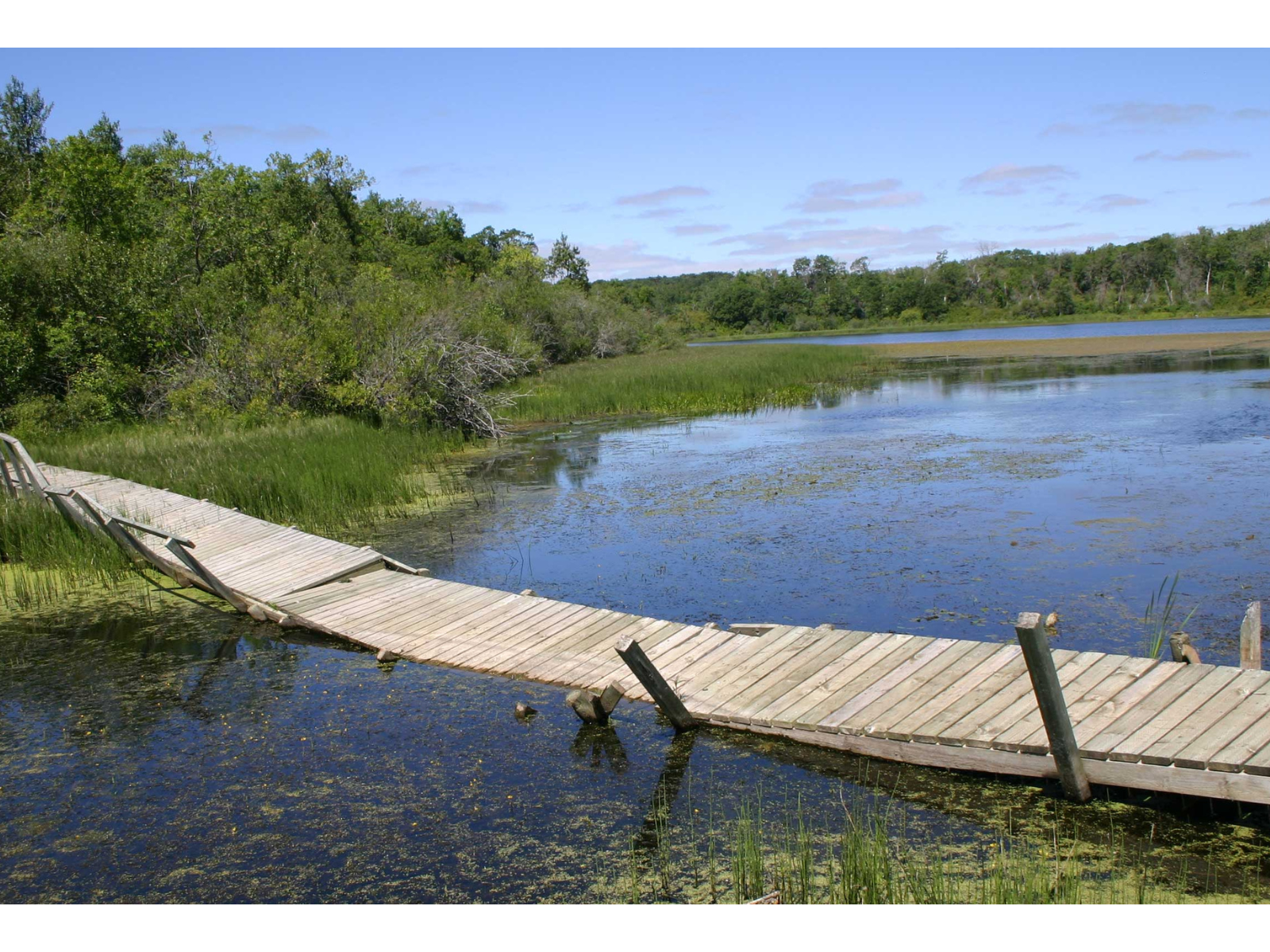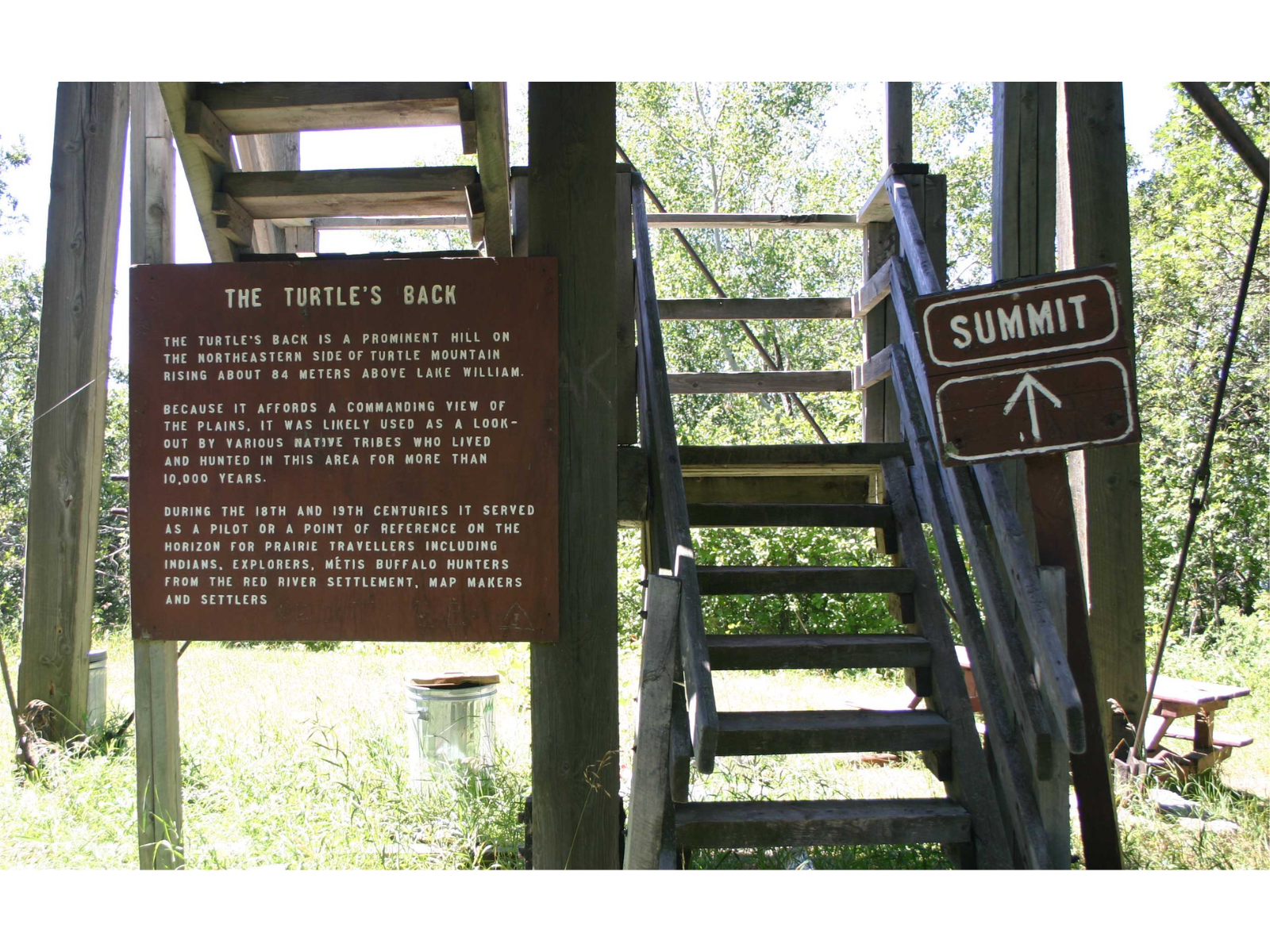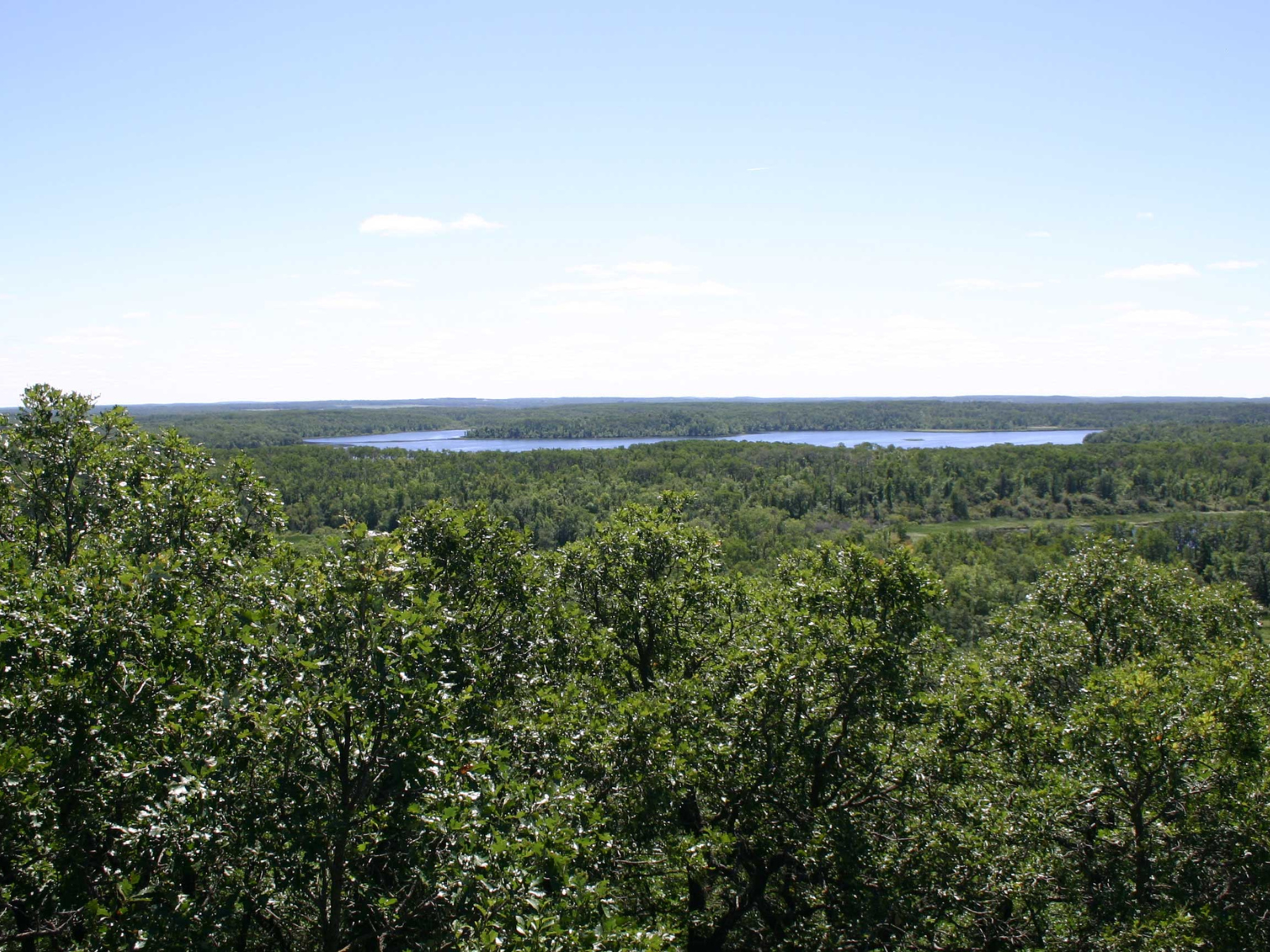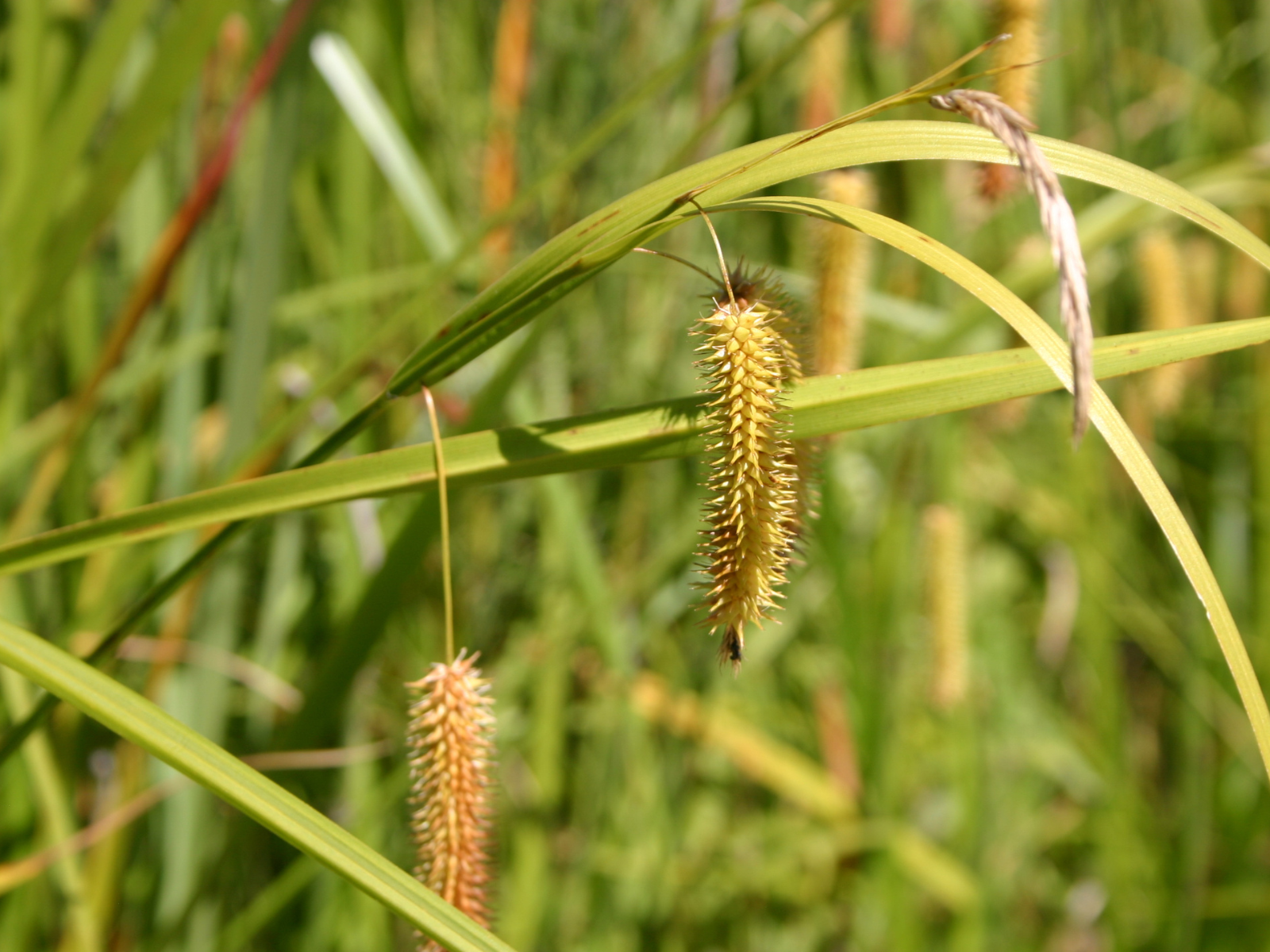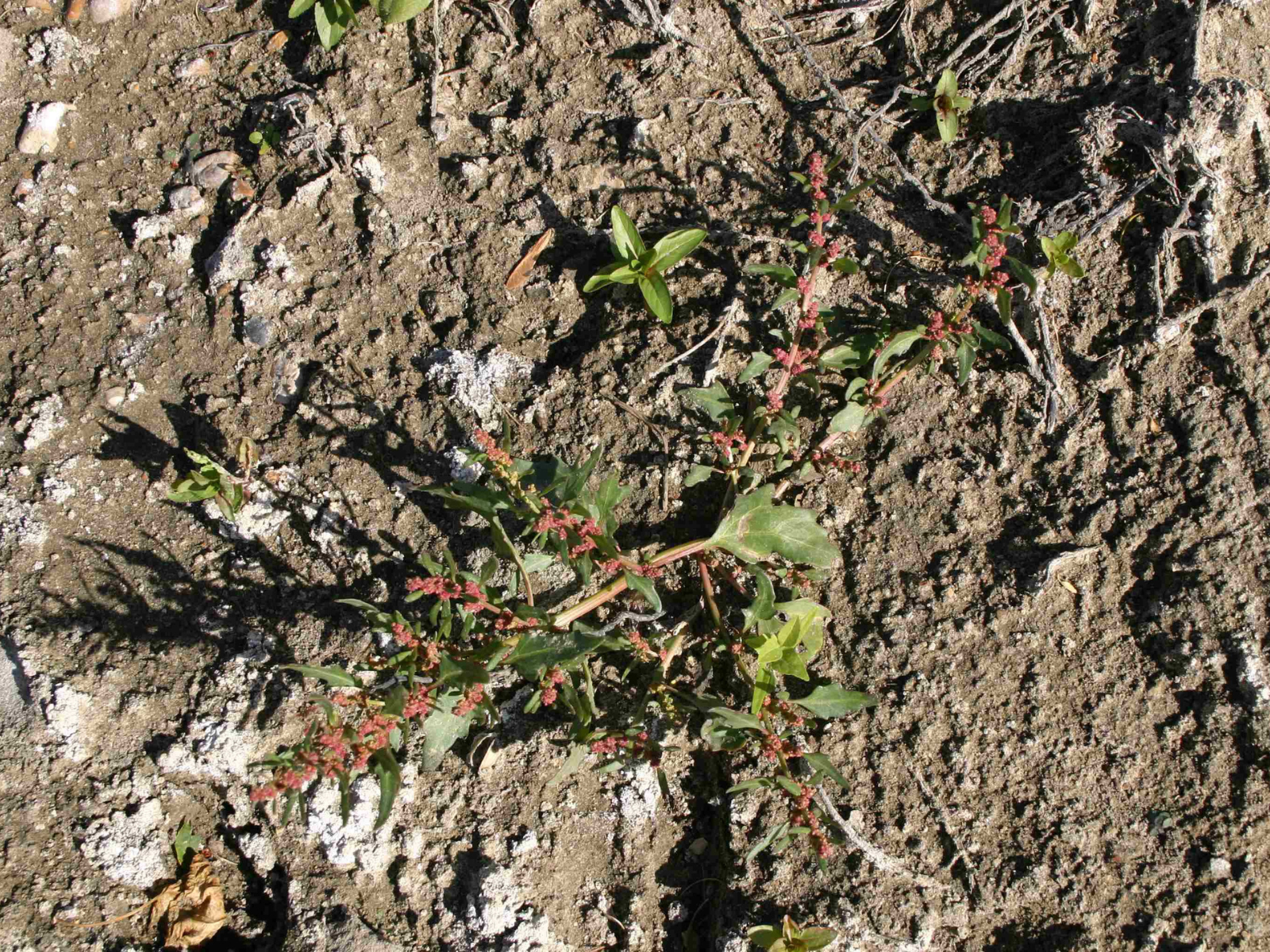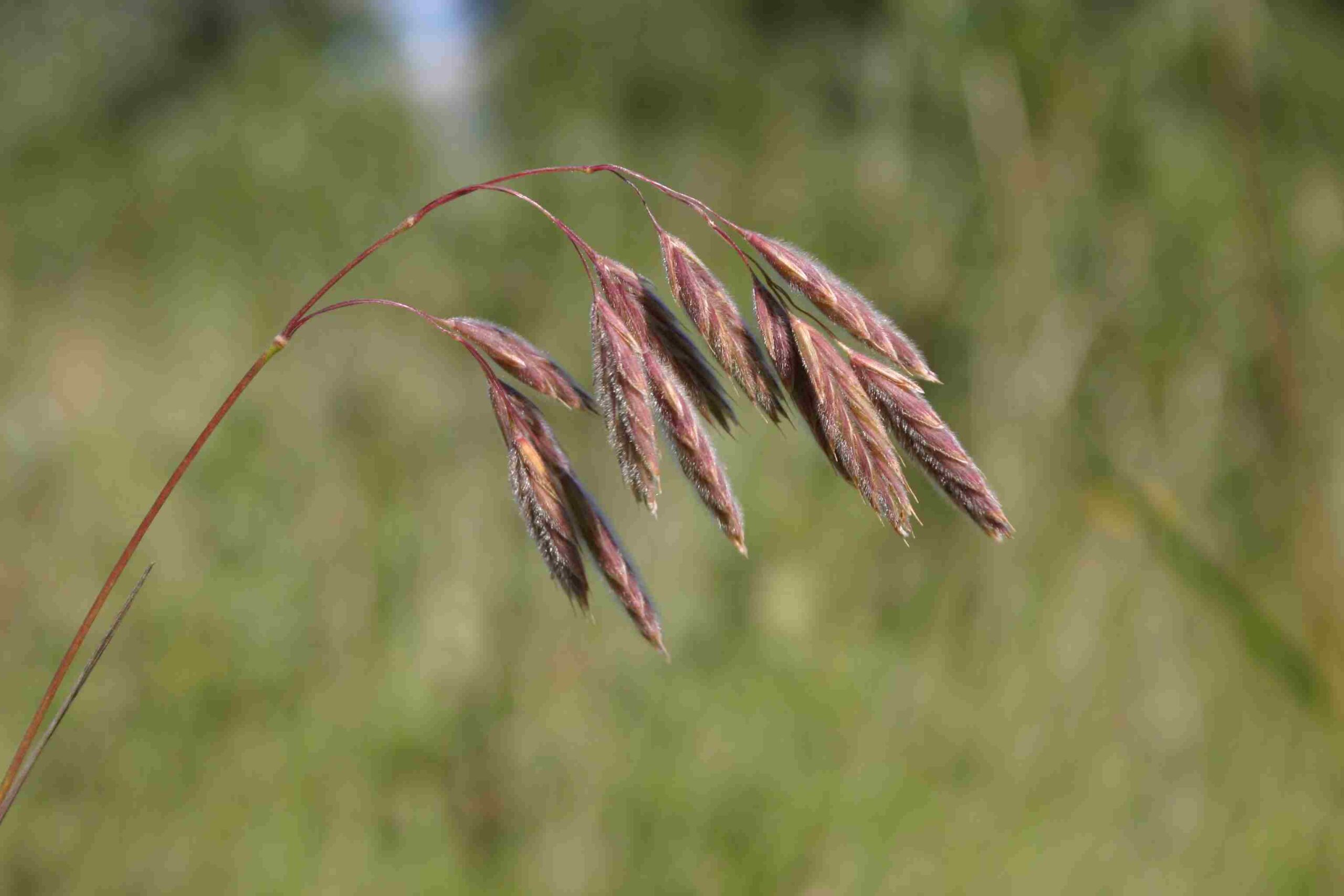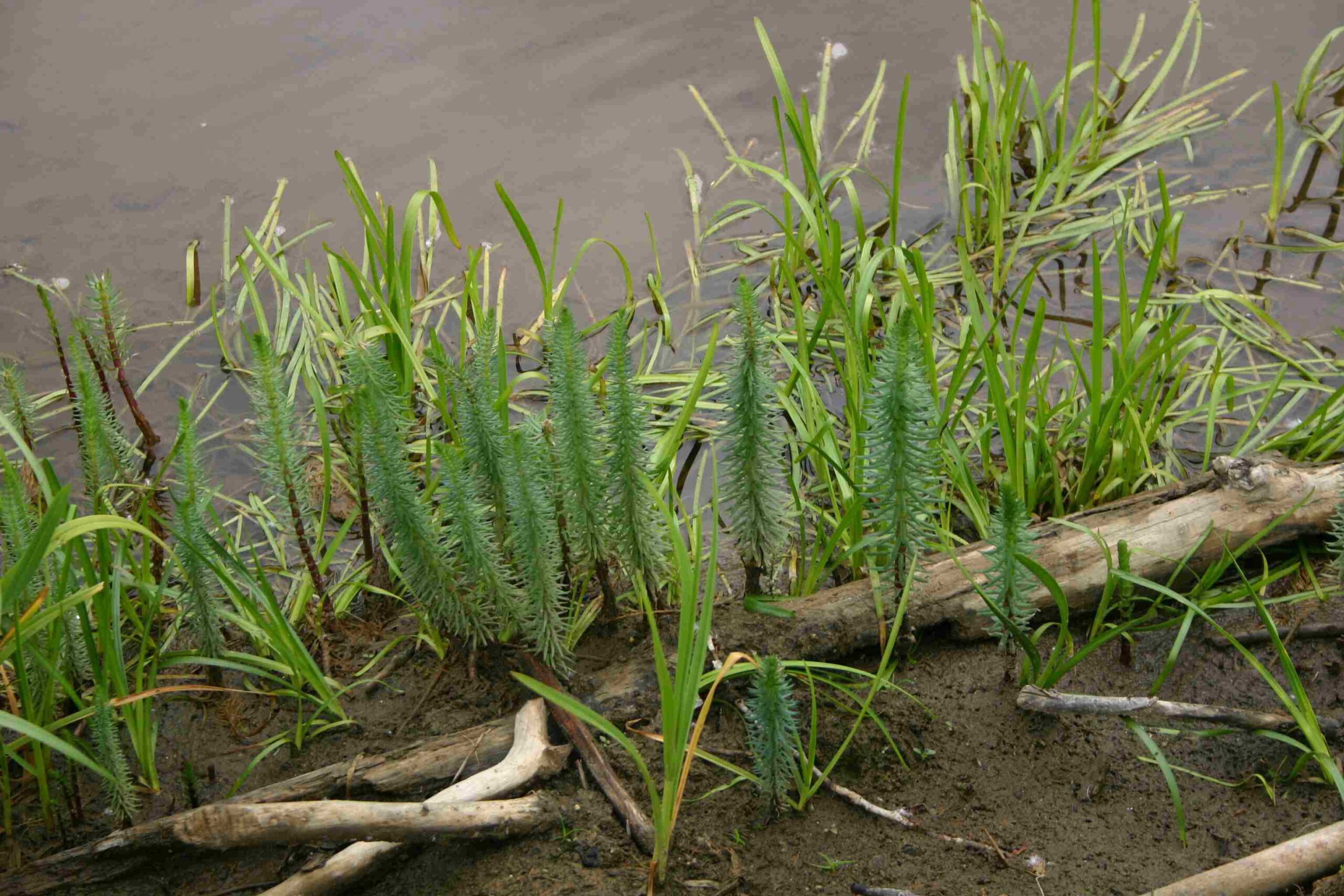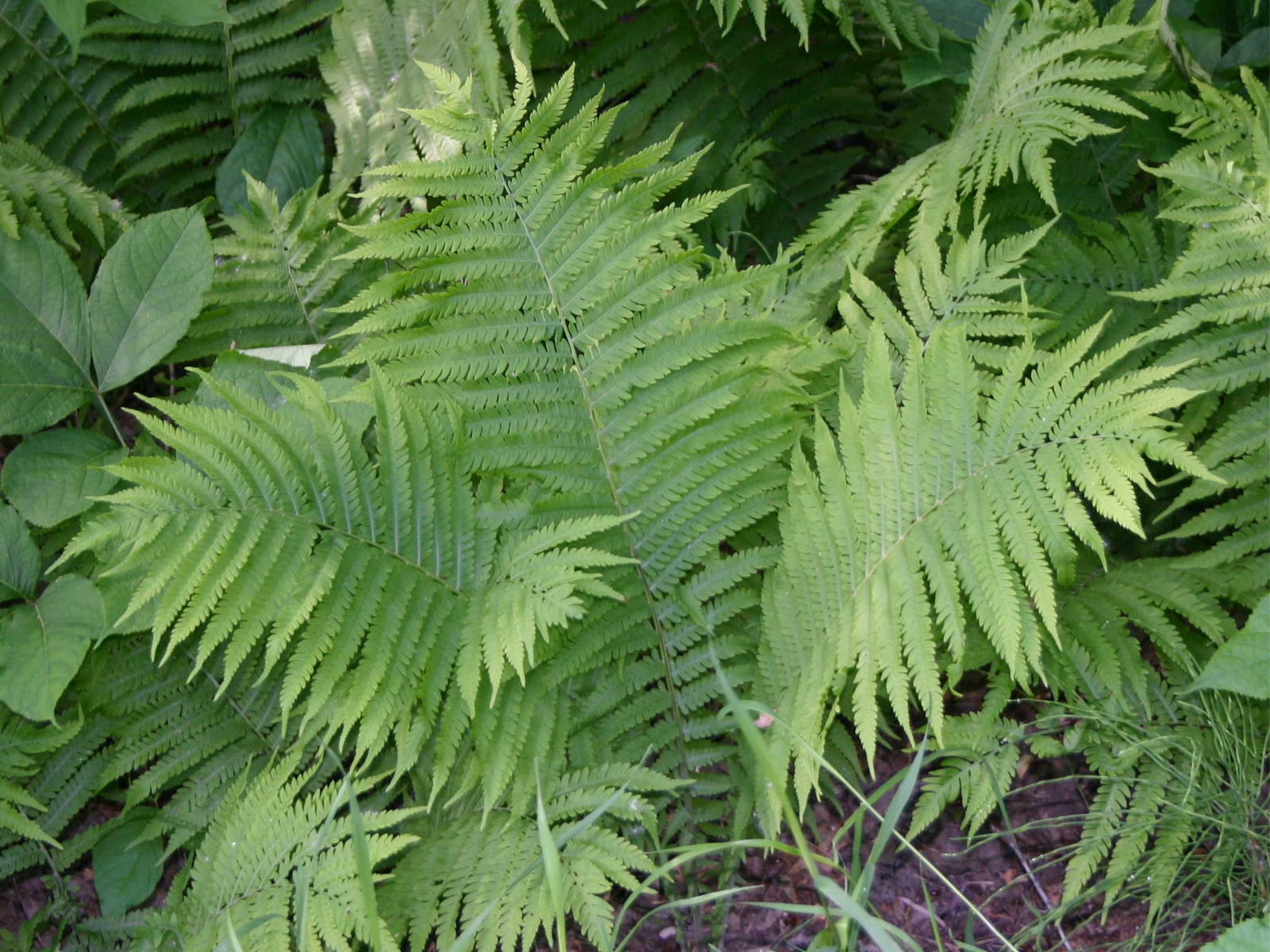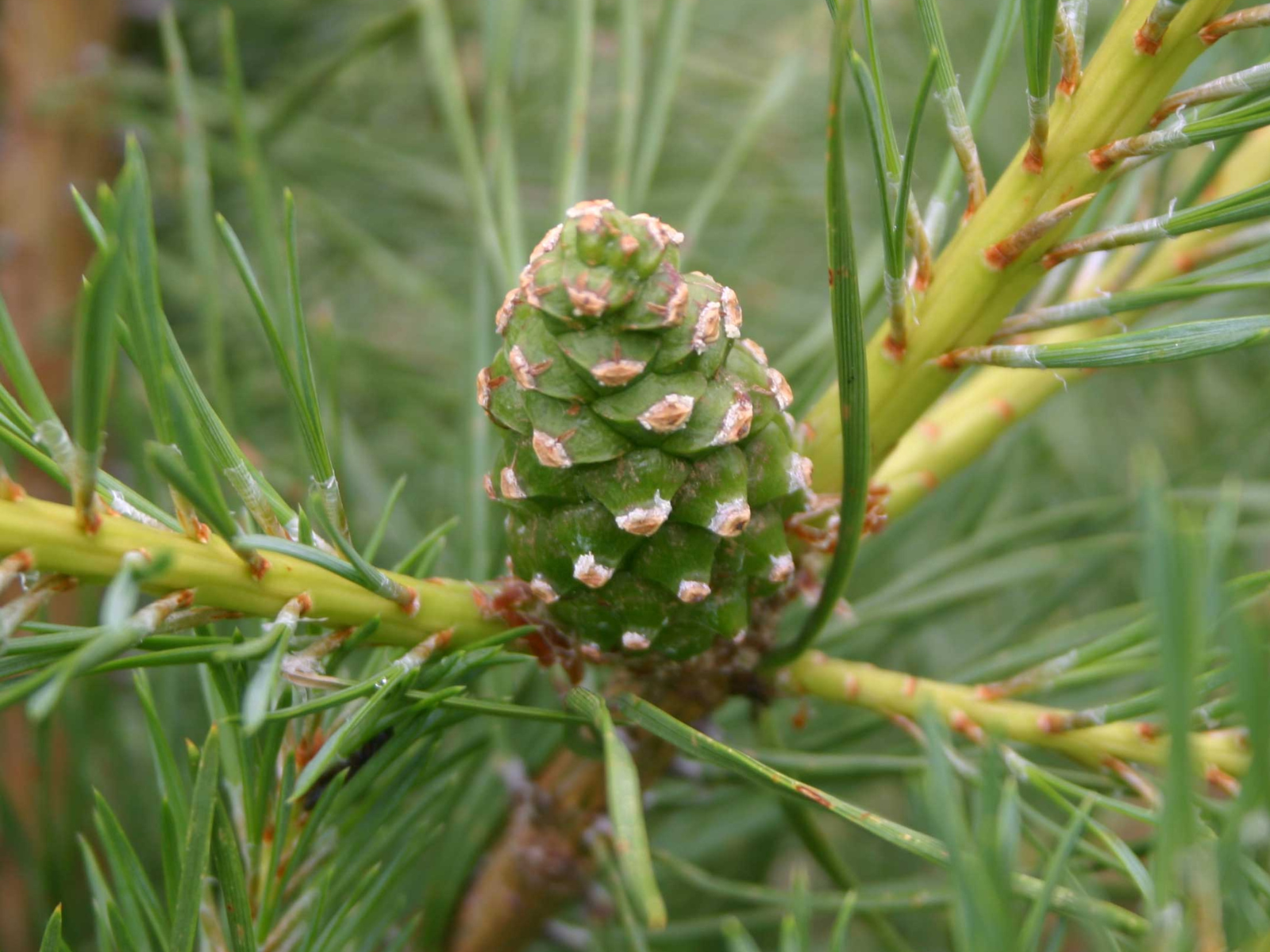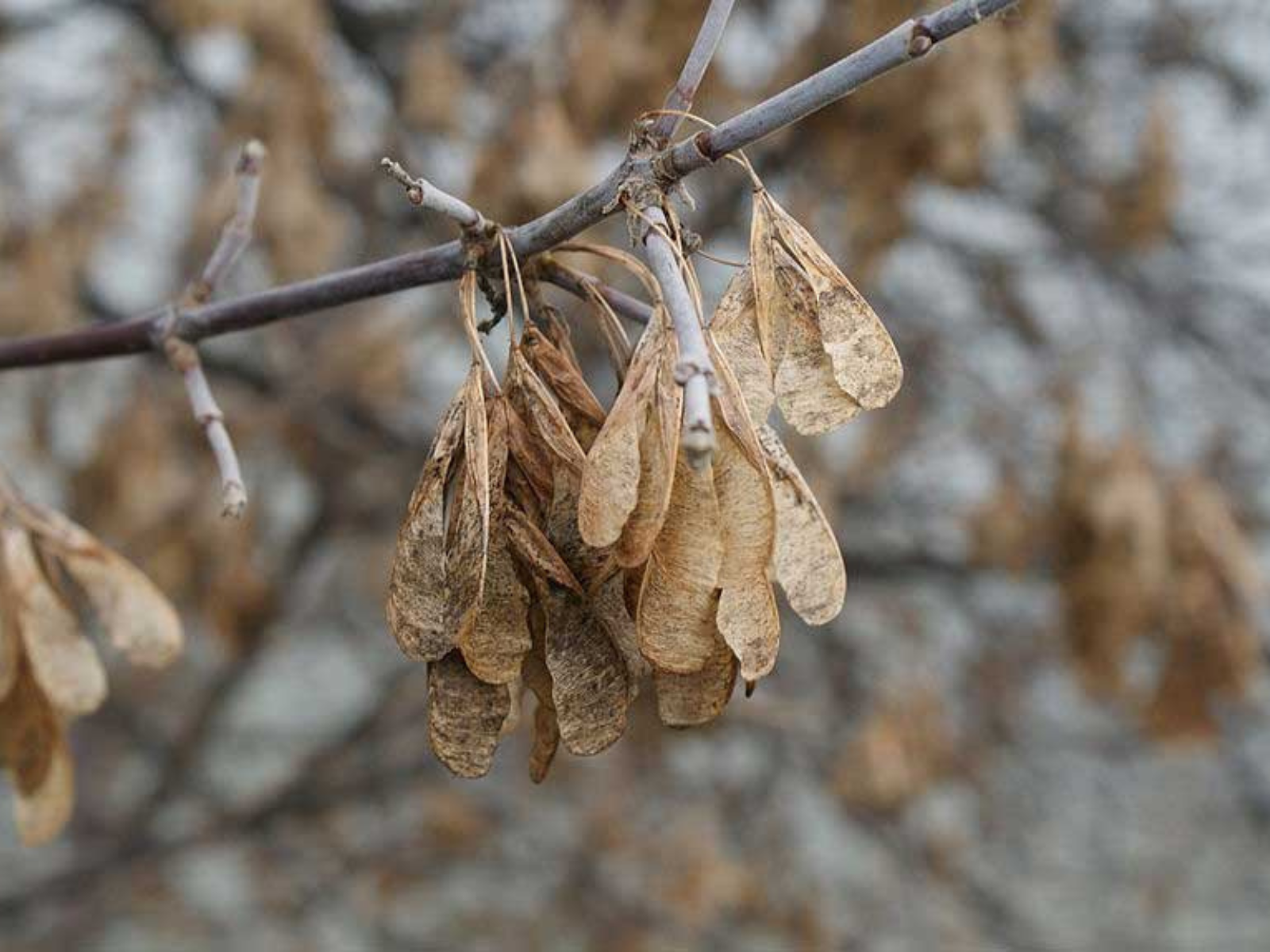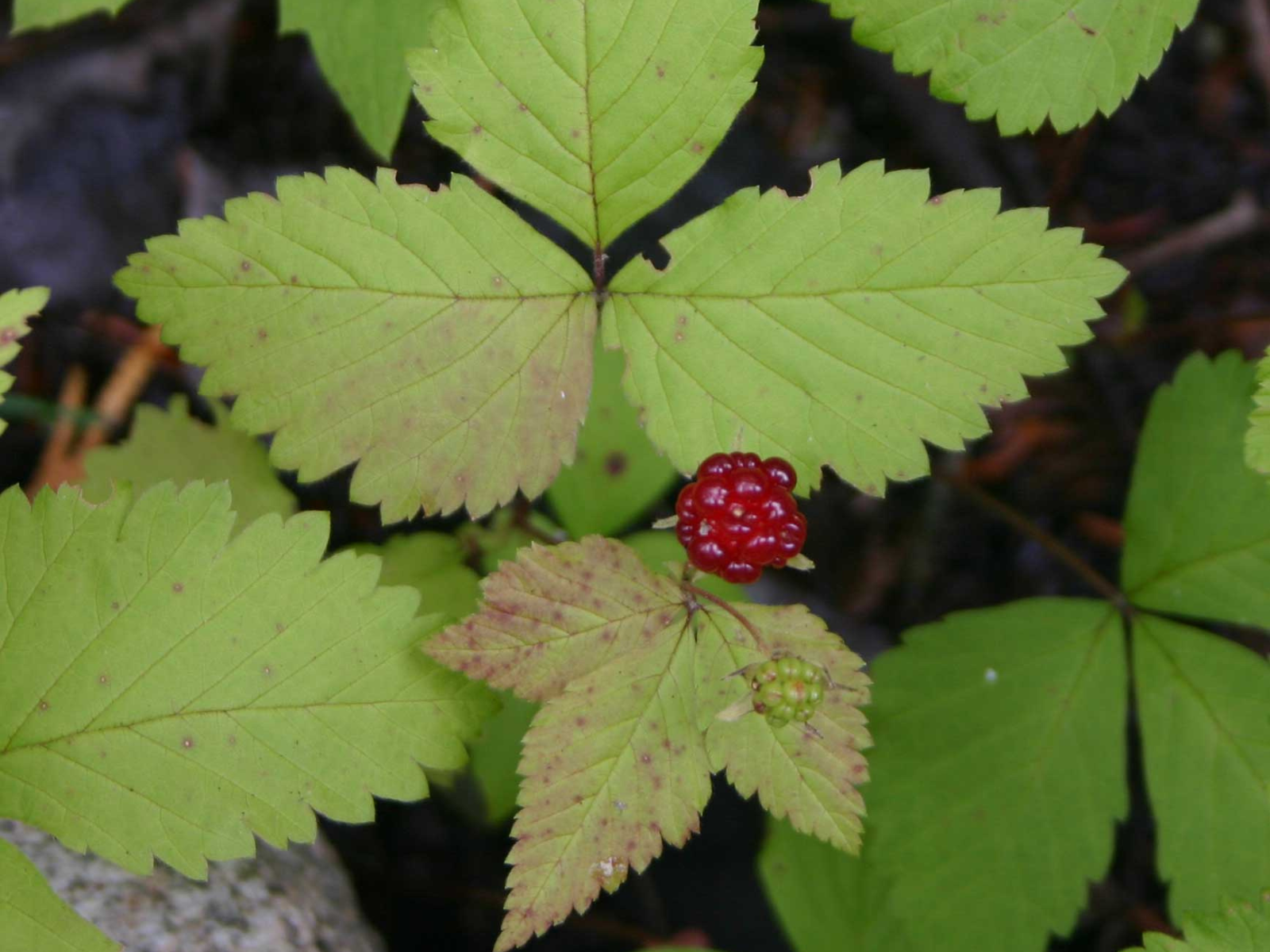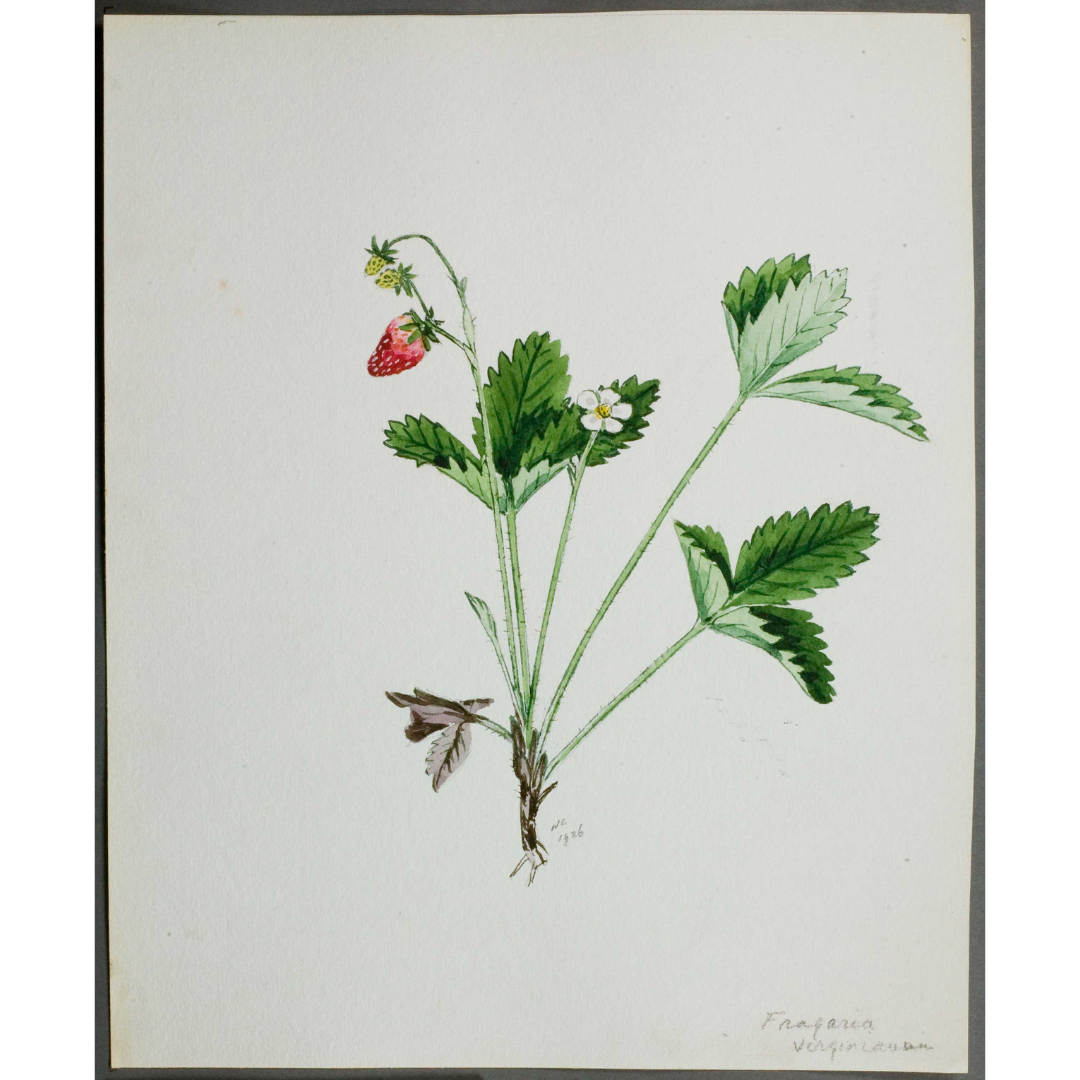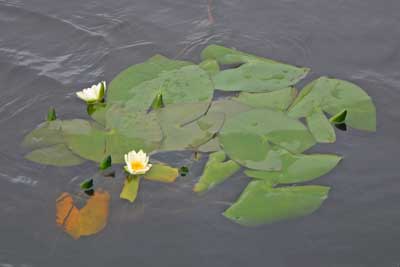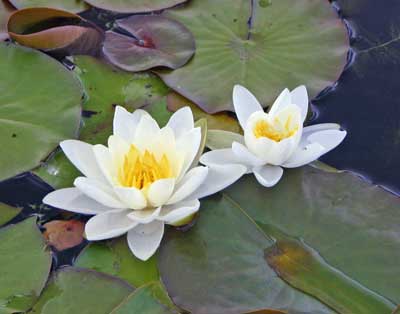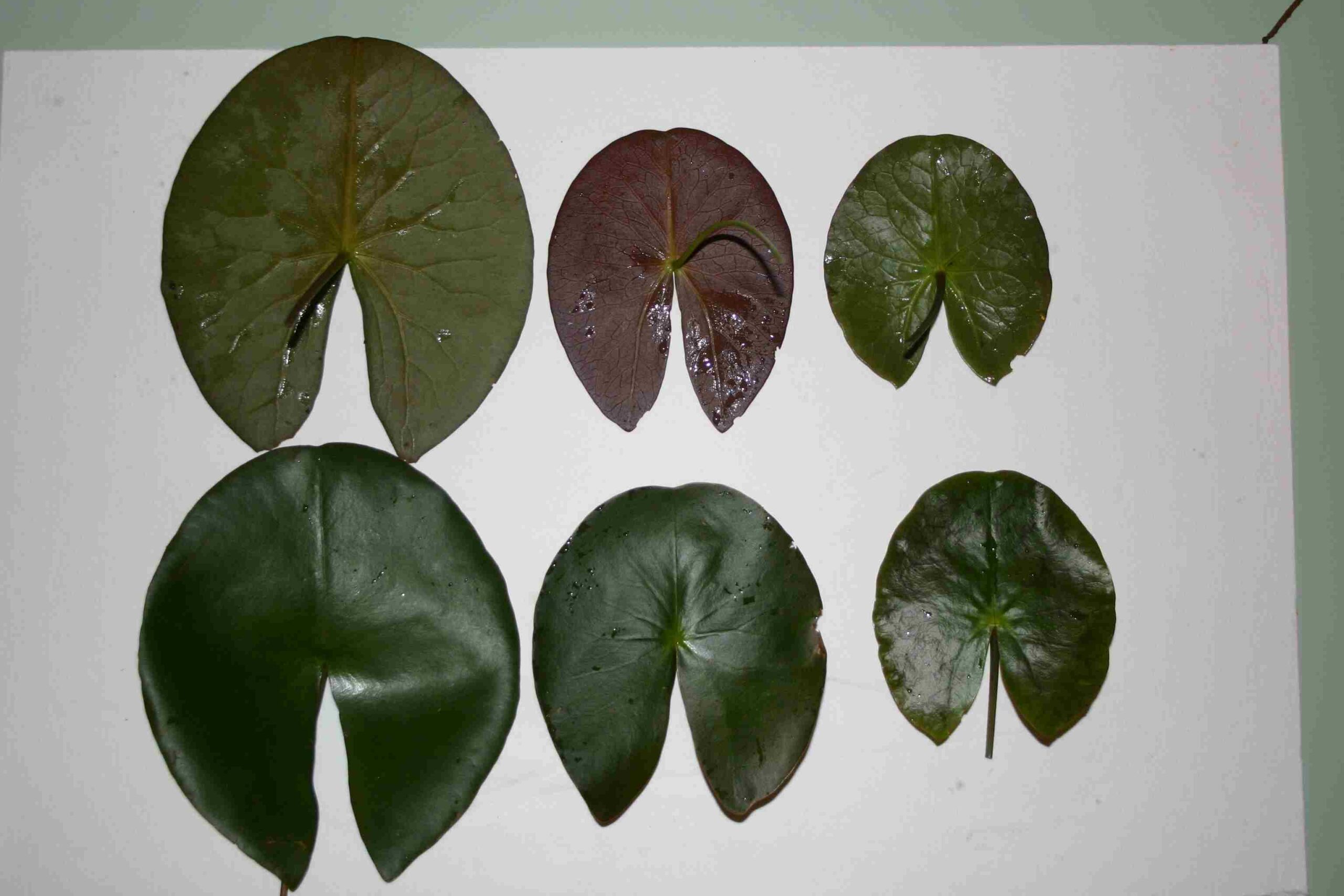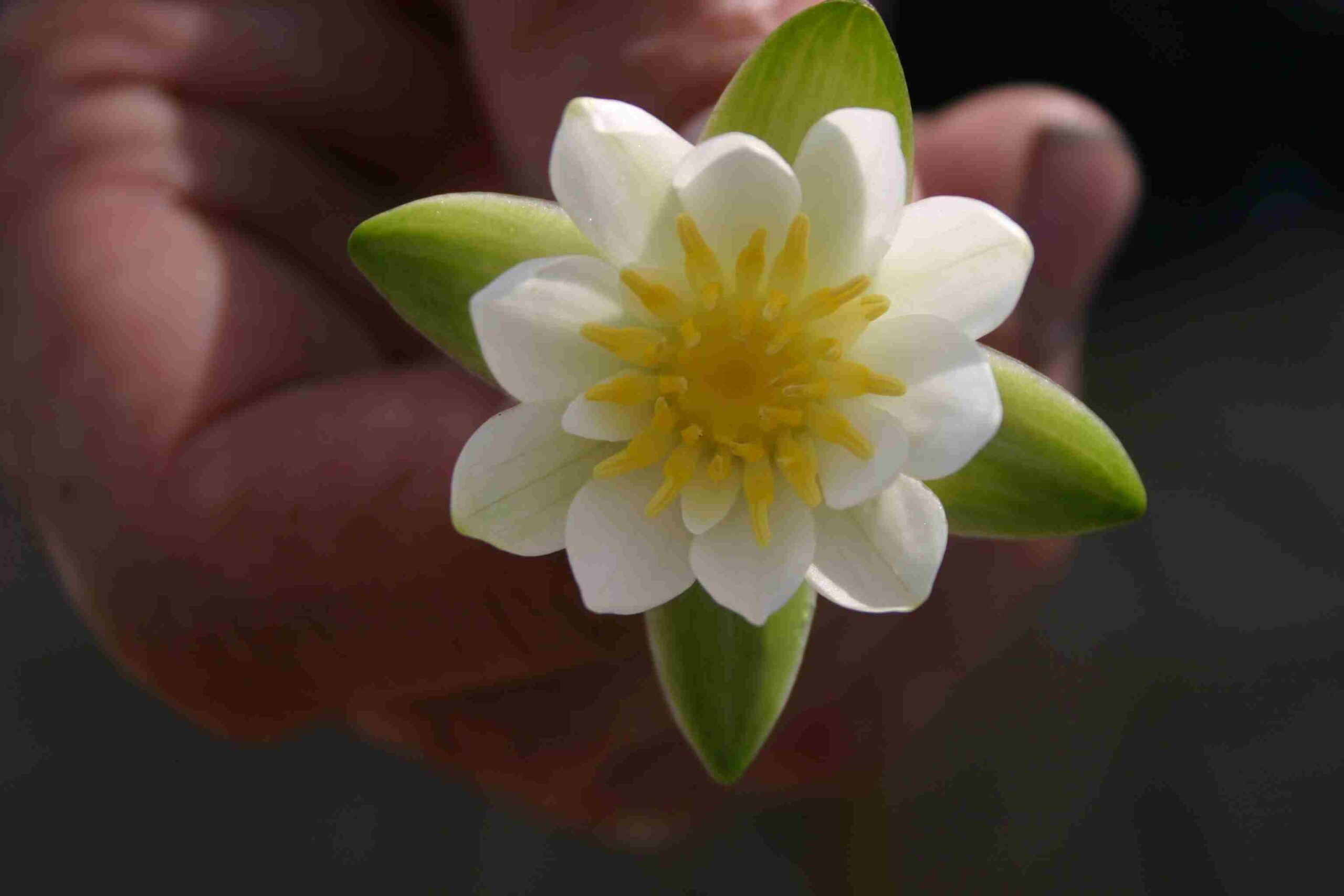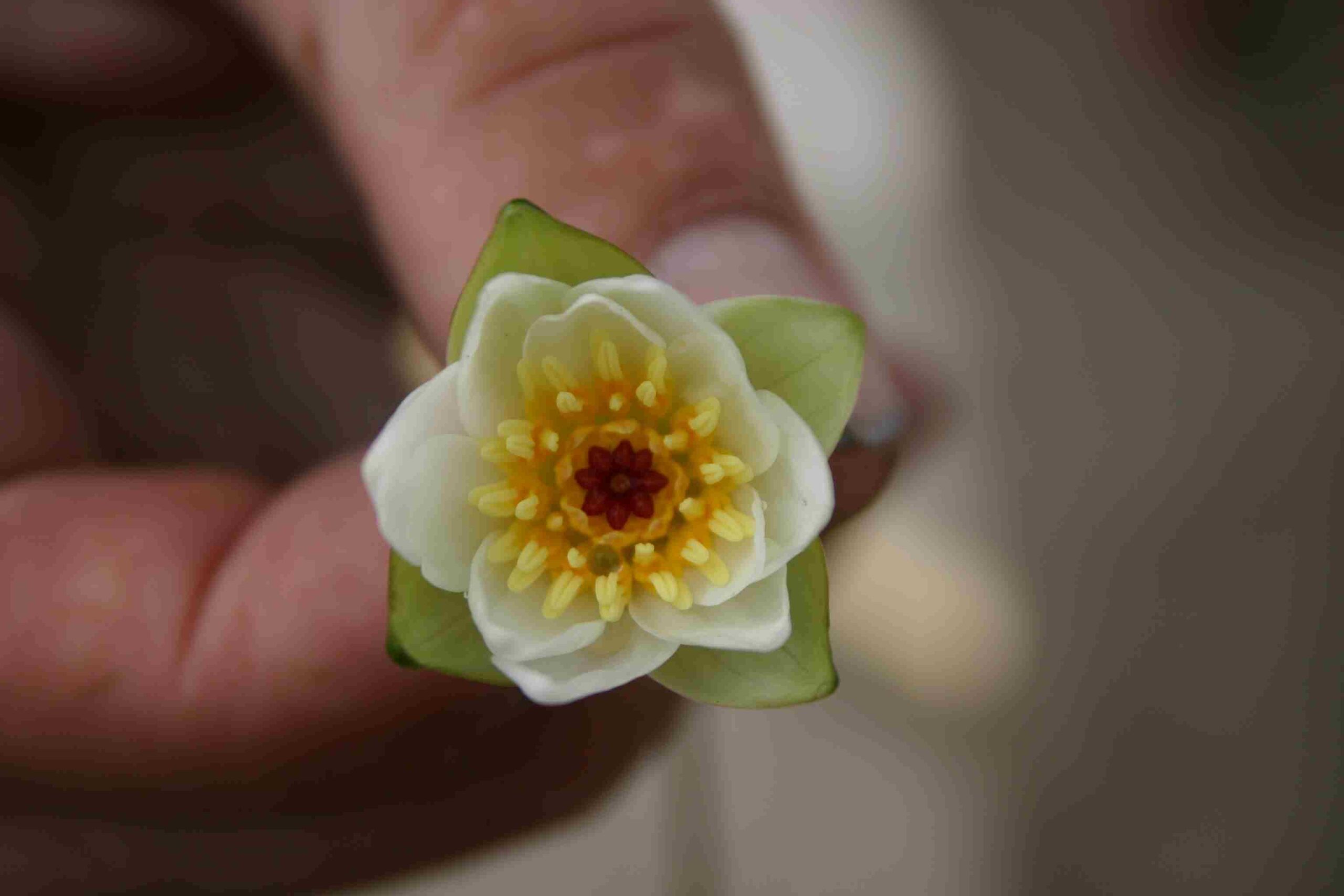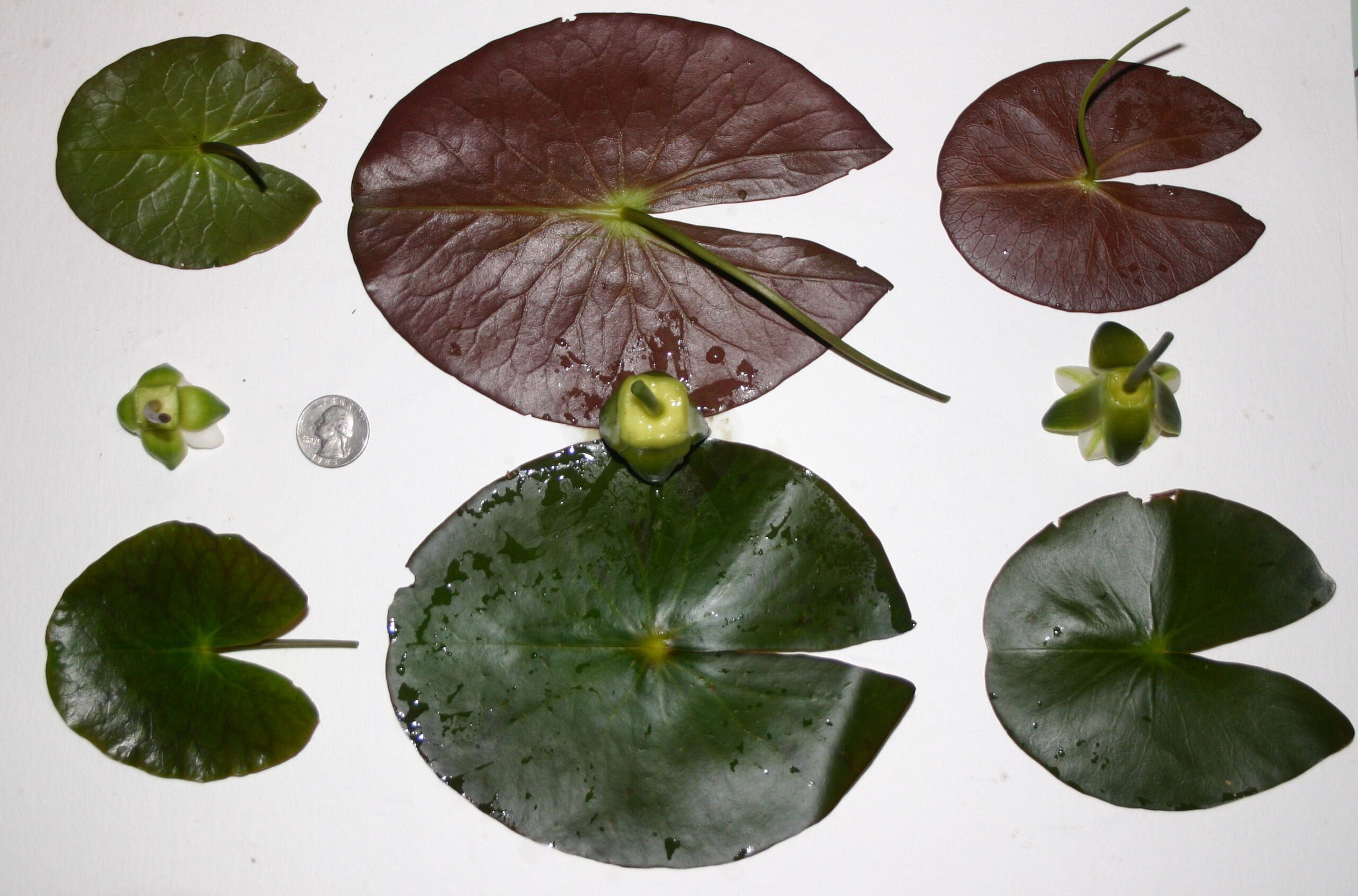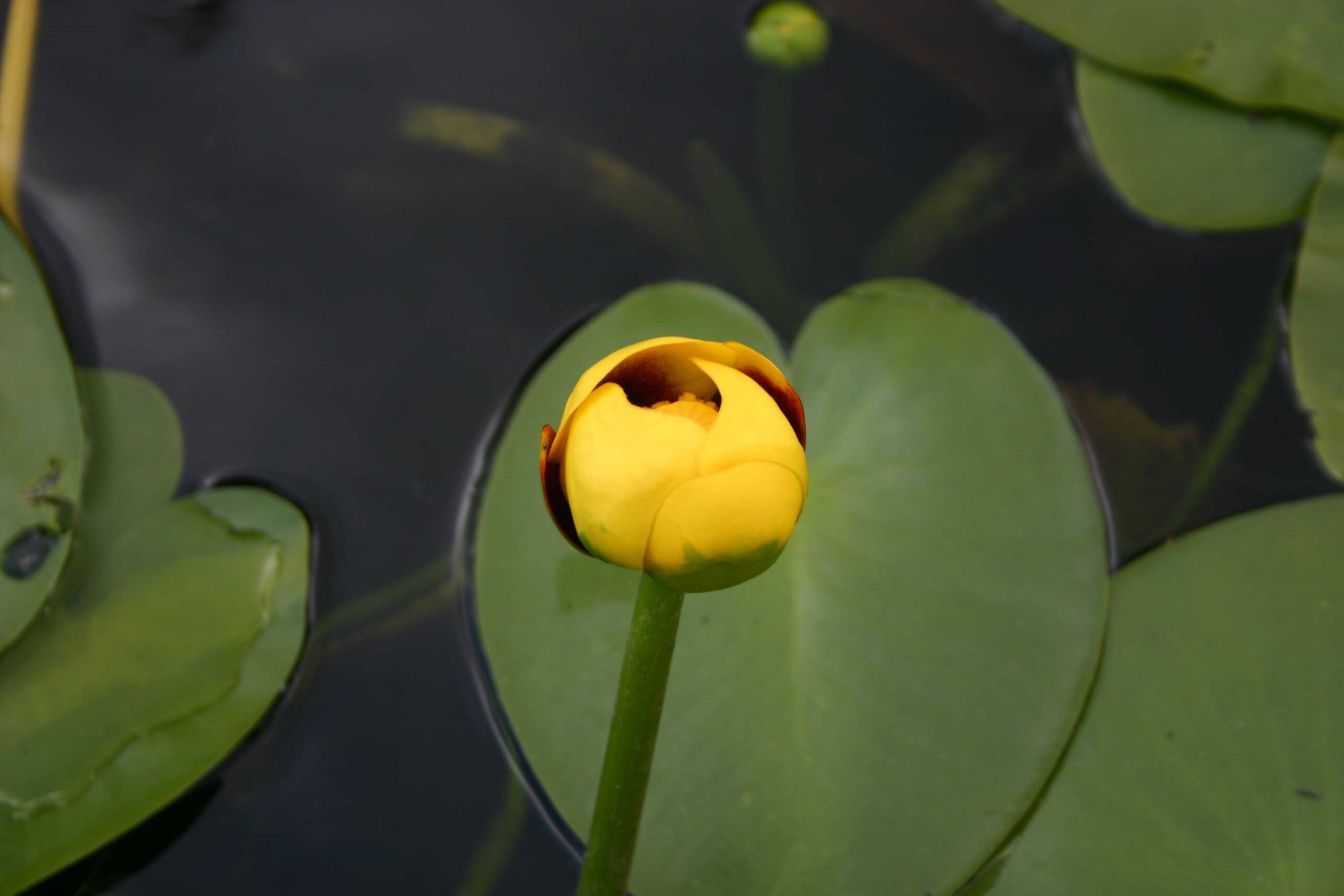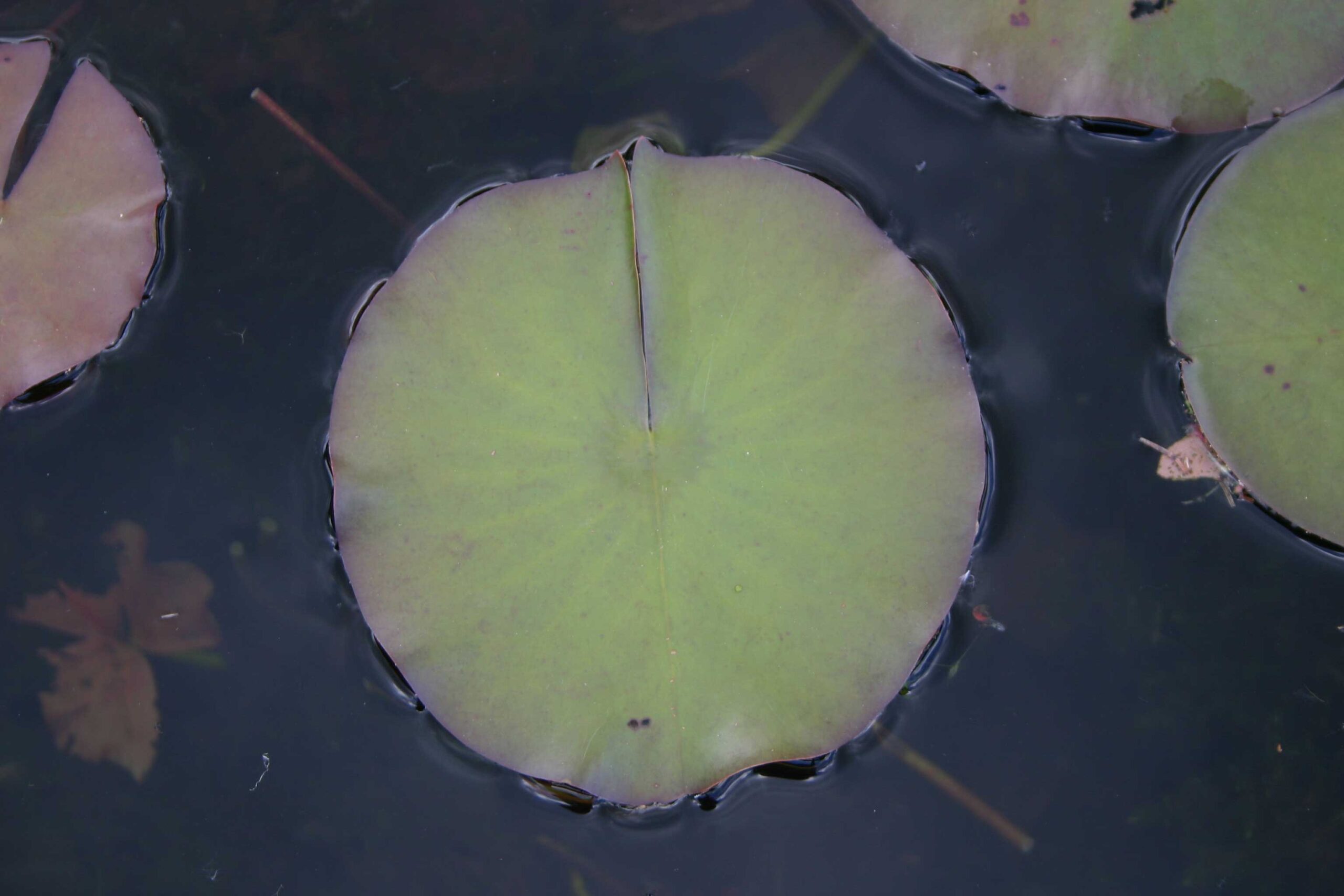Posted on: Wednesday August 21, 2019
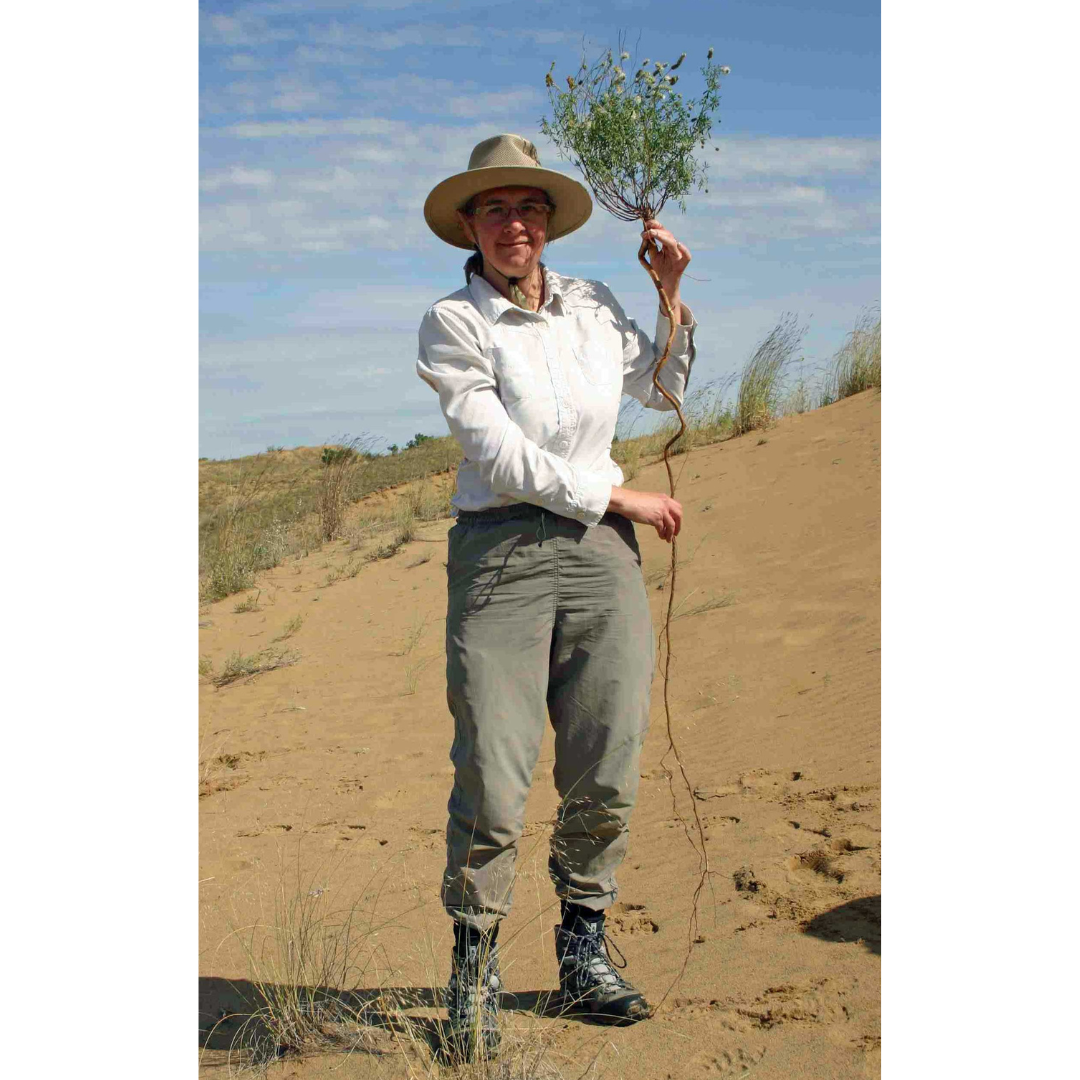
This summer I spent some time doing what badgers do: digging. What was I digging for? Plant roots. Usually when I collect plants for the Museum I take only a few stems of the above ground portion so that the plant doesn’t die. But this time I needed roots: long ones. I thought that digging up roots would be pretty awful but the soil was sandy, the weather co-operated and, thanks to the presence of two co-workers, it did not take as long as I thought. The worst part was hauling all our gear over the sand dunes to the spot where we would be digging. So why did I need roots? They are for a new Museum exhibit.
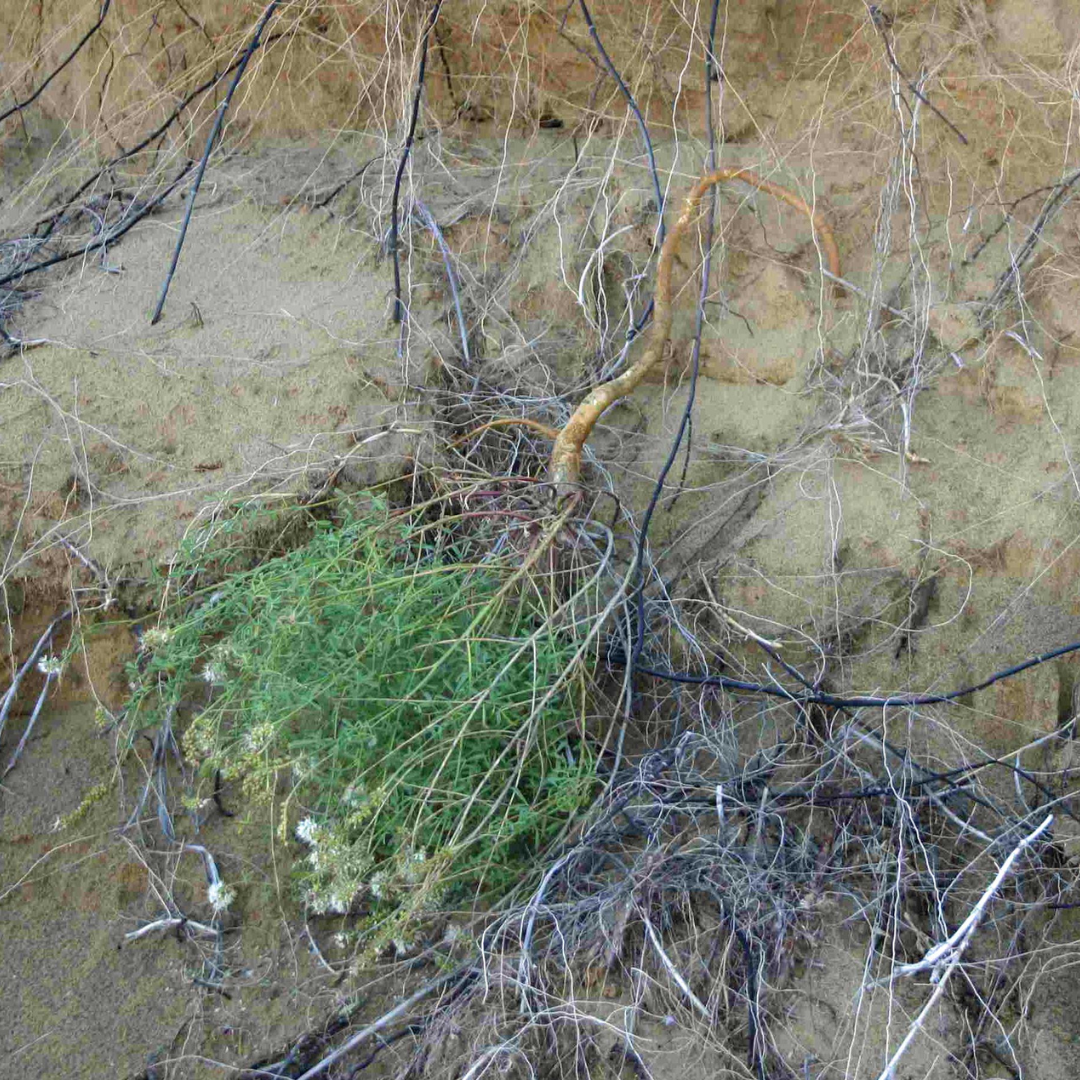
This white prairie-clover (Dalea candida) plant was eroding out of a dune and would soon be dead.
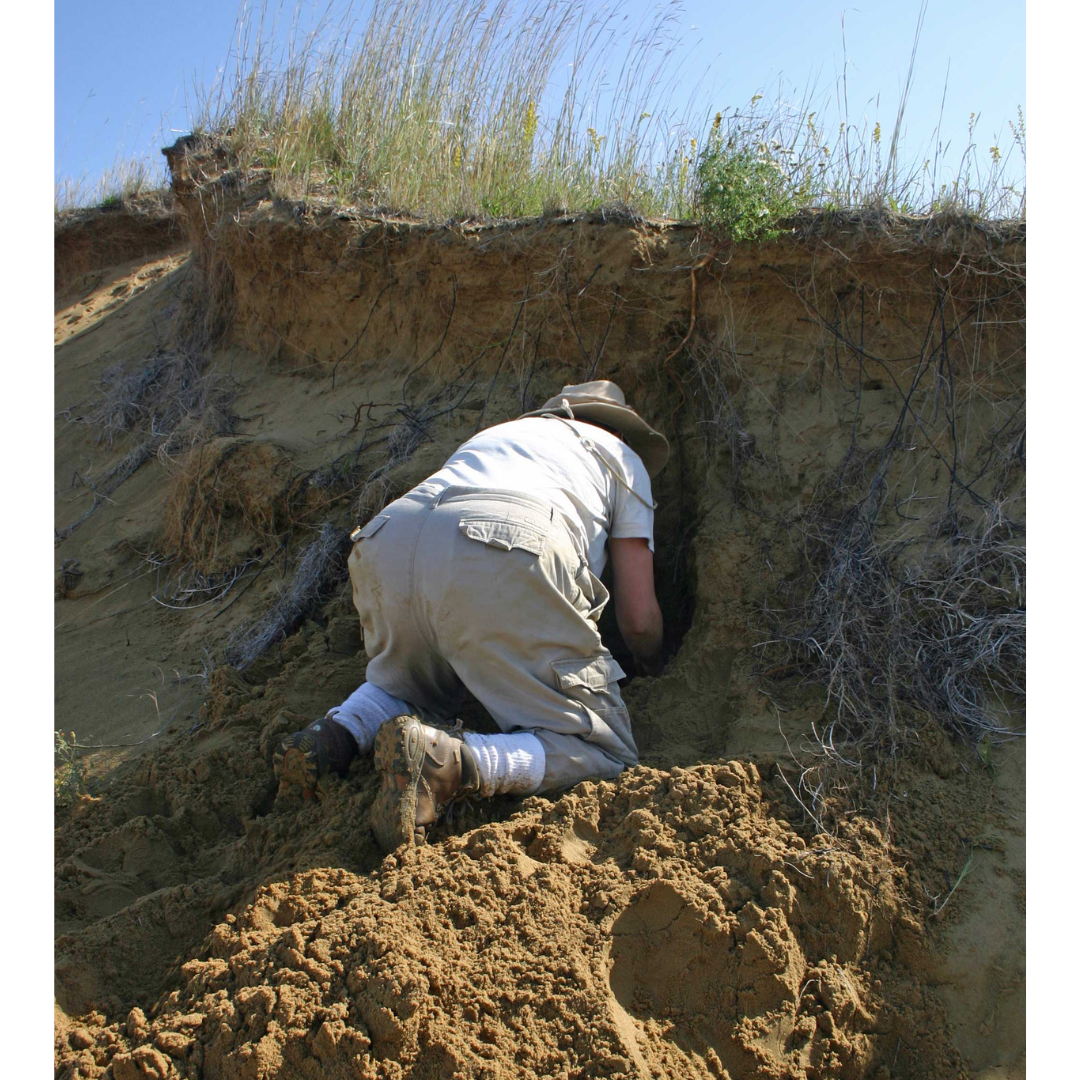
Our Diorama and Collections Technician looked like a badger digging up the root.

In early 2021, the Museum will be opening our new Prairies Gallery. This gallery will represent years of work by the staff at the museum, in particular the Curators and conservation staff. One of the exhibits that I am involved in is a new case illustrating life below the surface of a native prairie. In our original gallery we have a wonderful specimen of grass showing the full extent of its root system. You’ve probably seen it: it’s a pretty impressive specimen. There’s just one problem: it is not a native species. It’s actually a Eurasian species called crested wheatgrass (Agropyron cristatum). It was brought to Canada in the 1930’s to help prevent the soil from blowing away during the droughts of that decade.
So we decided to display some native plant root systems for a new case near the entrance to the gallery. Although we are growing a few specimens in a greenhouse for this exhibit, one of the flowers we wanted was not doing well in that environment. After remembering that there are plants with exposed roots on the sand dunes in Spruce Woods Provincial Park, I arranged to excavate one of the common species, white prairie-clover (Dalea candida), with the permission of Manitoba Sustainable Development.
Image: The crested wheatgrass (Agropyron cristatum) specimen currently in the Museum will be moved to a new location.
During a reconnaissance trip in July, I found a nice specimen that was eroding out of the dunes and in all likelihood would soon die. After taking some pictures and making a few notes, we channelled our inner badgers and began digging it up. In the end we obtained an impressive 160 cm piece of root along with the flowering stems. Although there were more fine roots lower down, the part we dug up is longer than we can even fit in the case so we left them behind. Since the site was a bit of a mess afterwards, we filled in the hole and patted the dune back to its previous contours. I was happy that a heavy rain that evening obliterated all evidence that we were ever there. The plant is now being pickled by the Diorama and Collections Technician in our secret proprietary solution (even I don’t know what’s in it!) to keep it fresh-looking and bendy! Eventually it will be painted and mounted in its permenent home next fall.

After digging, we filled in the hole and patted the sand back into place.
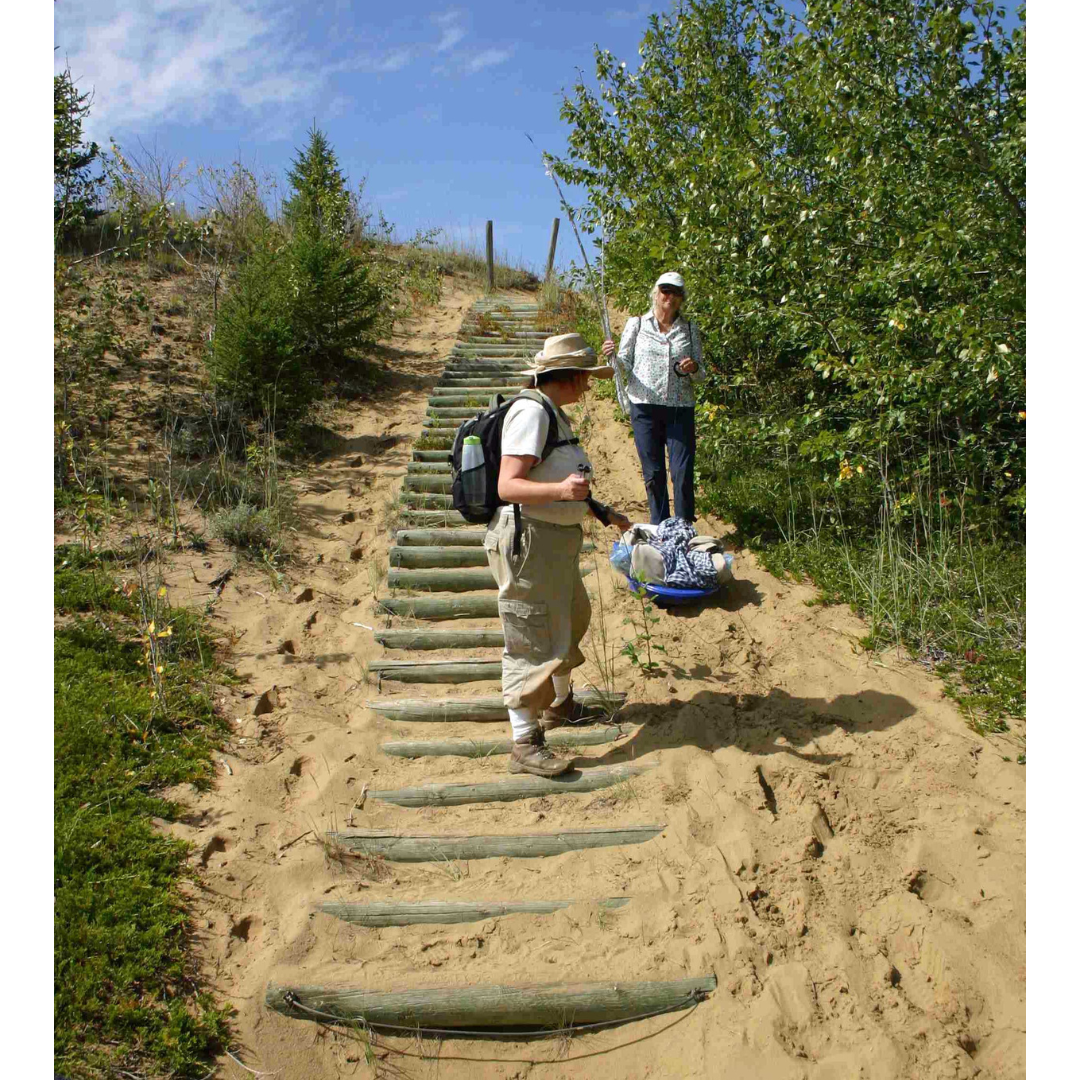
We had to carefully haul the plant out along with our digging tools using a sled.
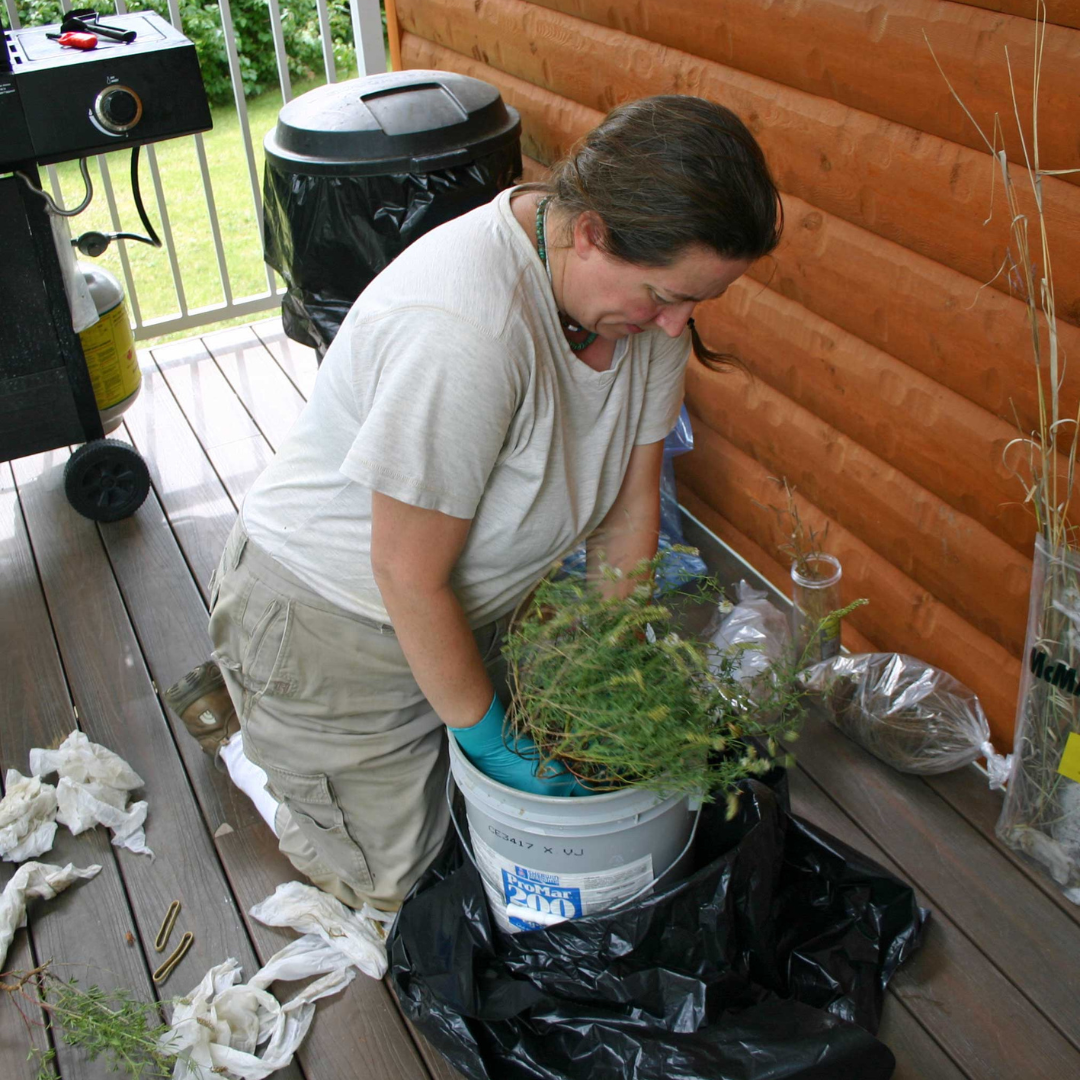
Our plant was packed into a pail containing our secret pickling solution for the trip to the Museum.
So what is happening with the old crested wheatgrass plant? Don’t worry, it will still be on display but reinterpreted for its role in soil stabilization during the Great Depression.




